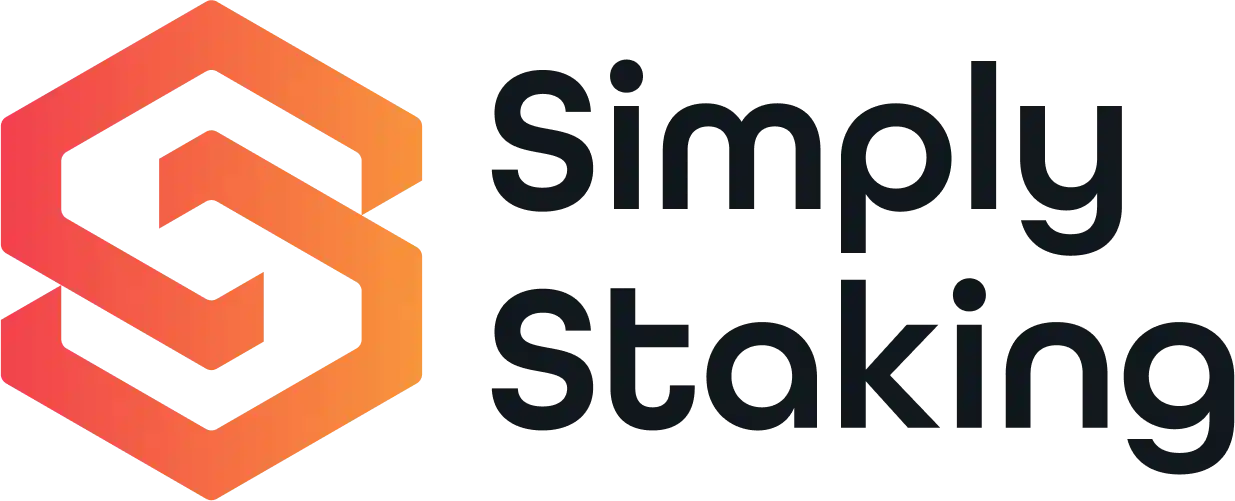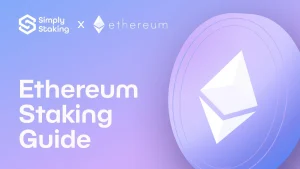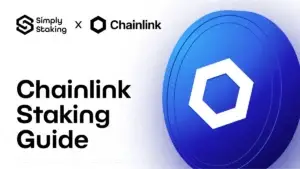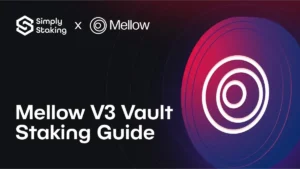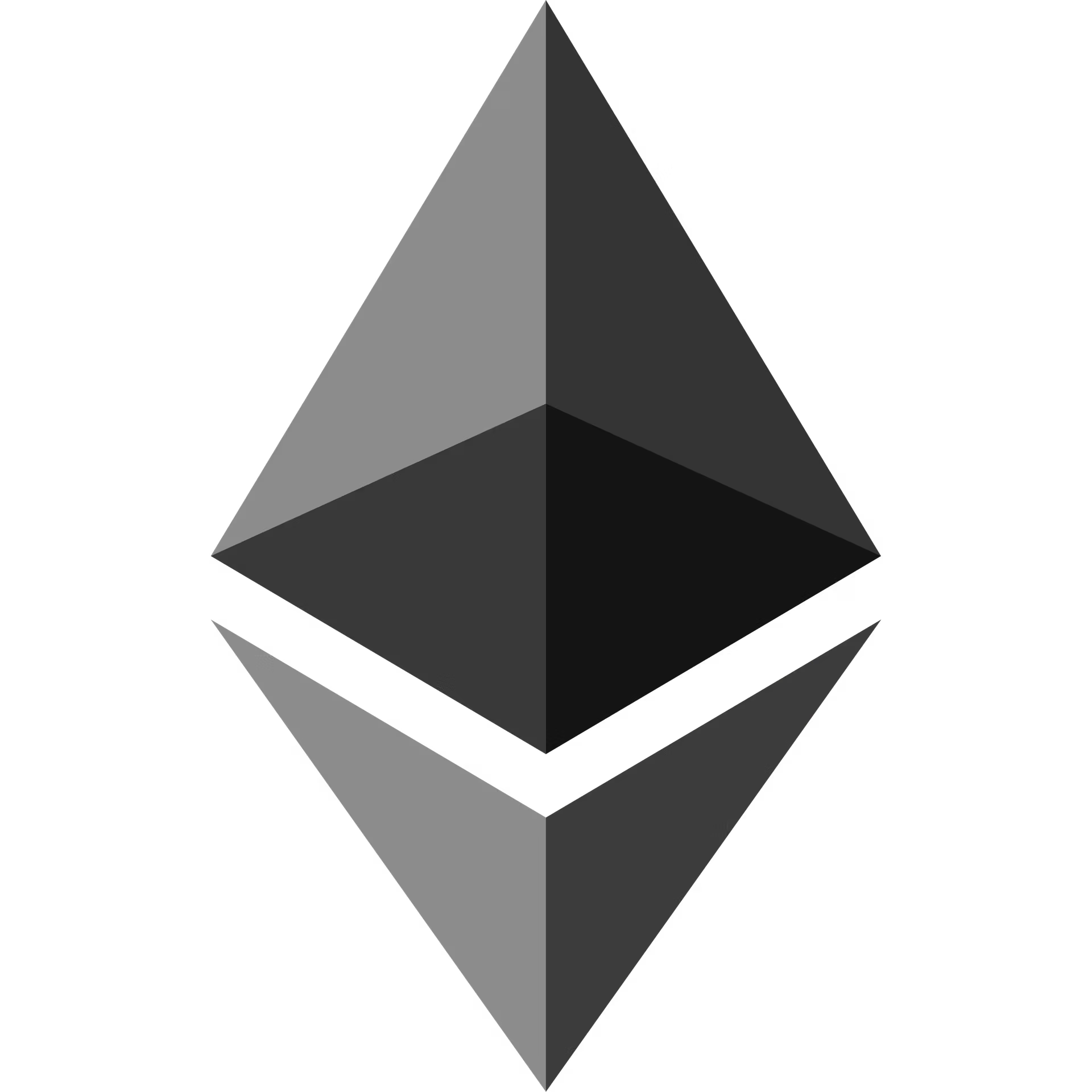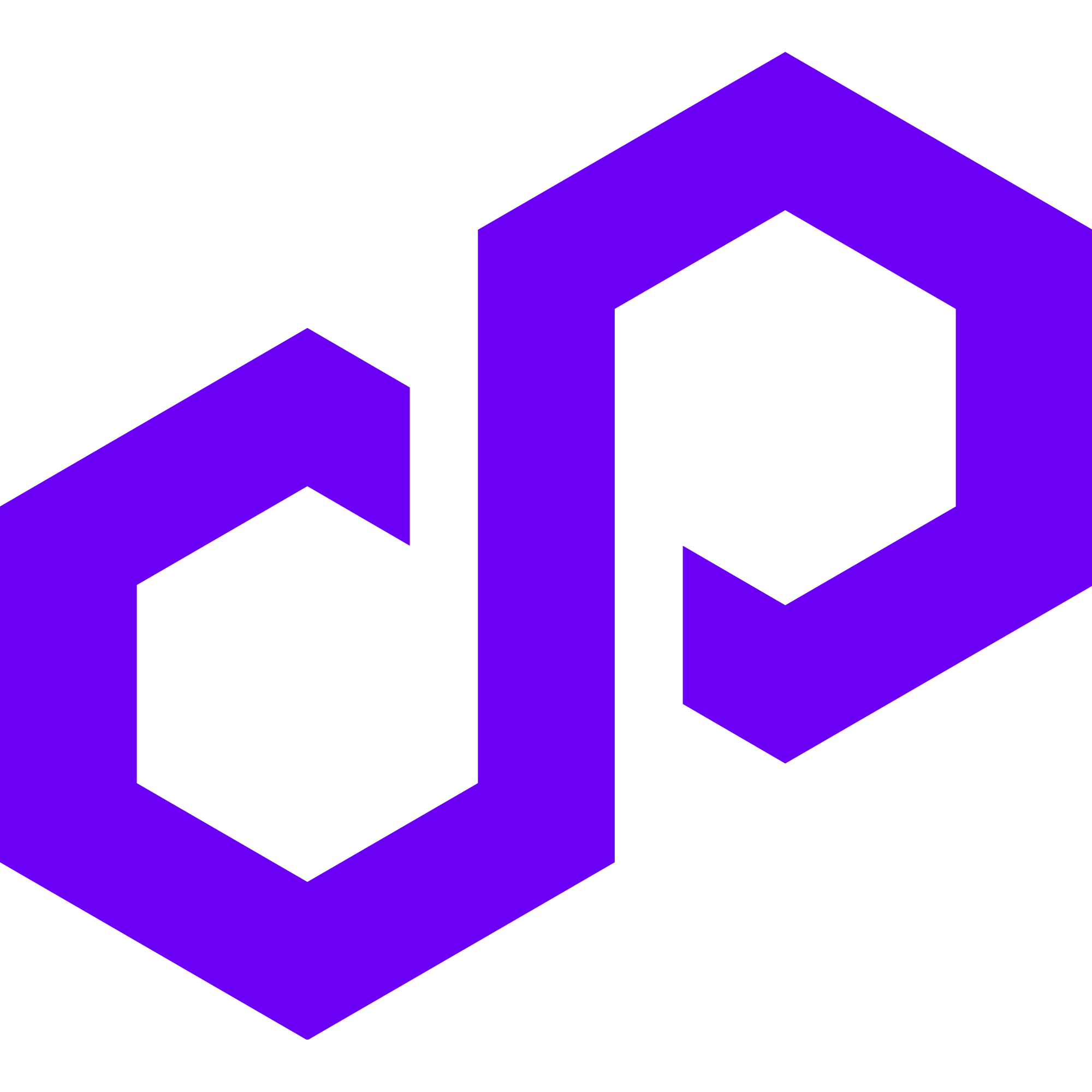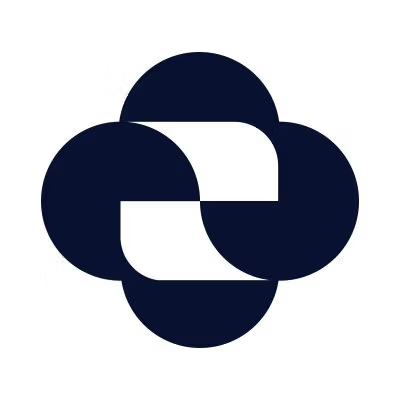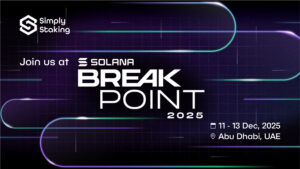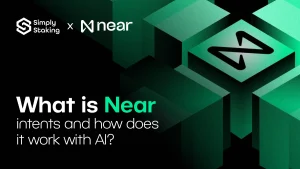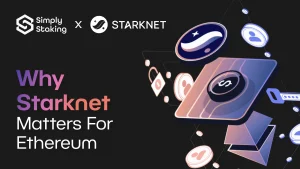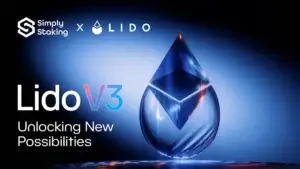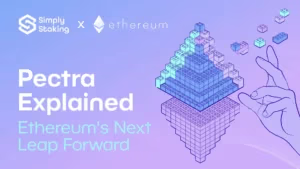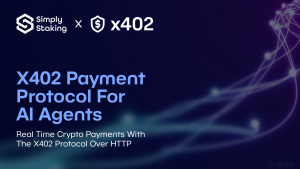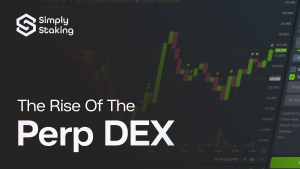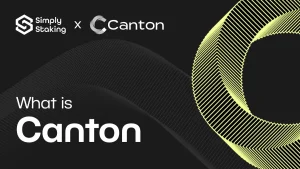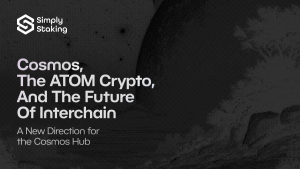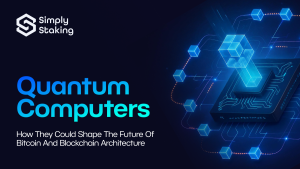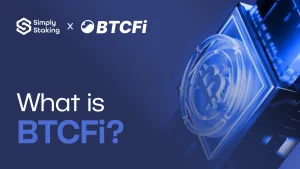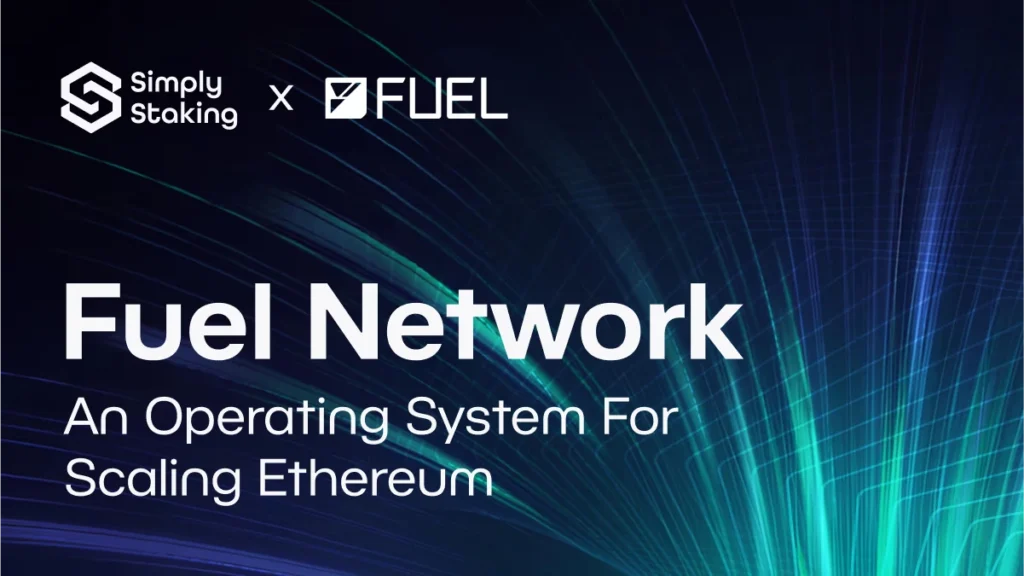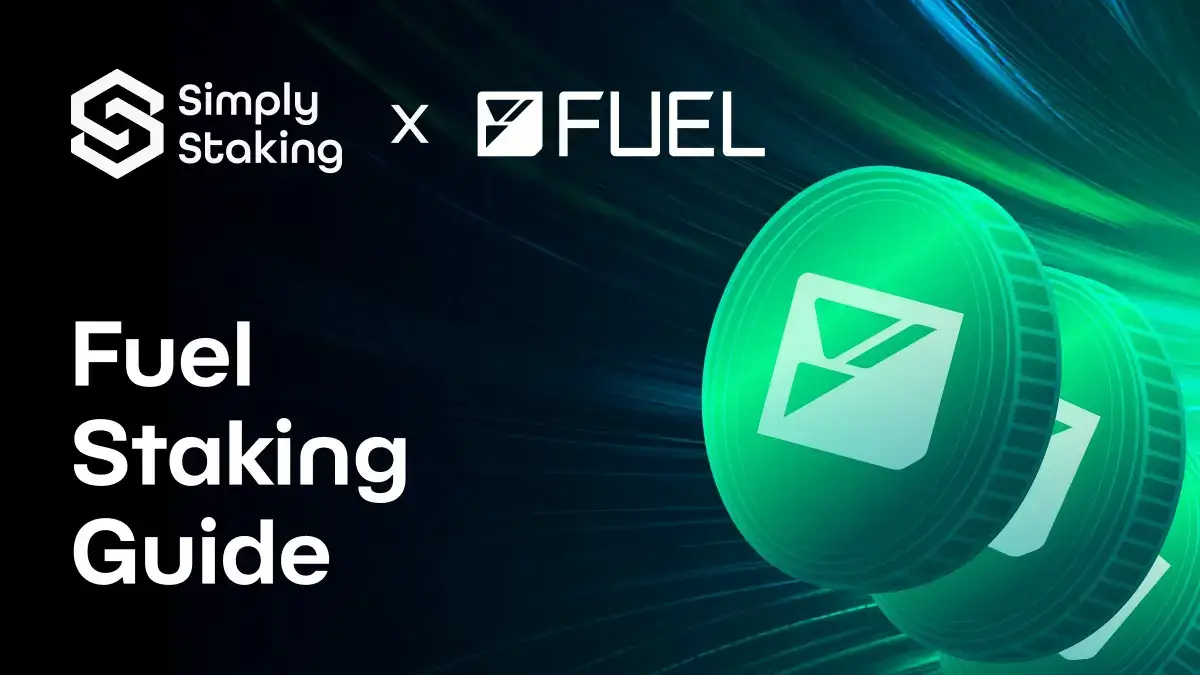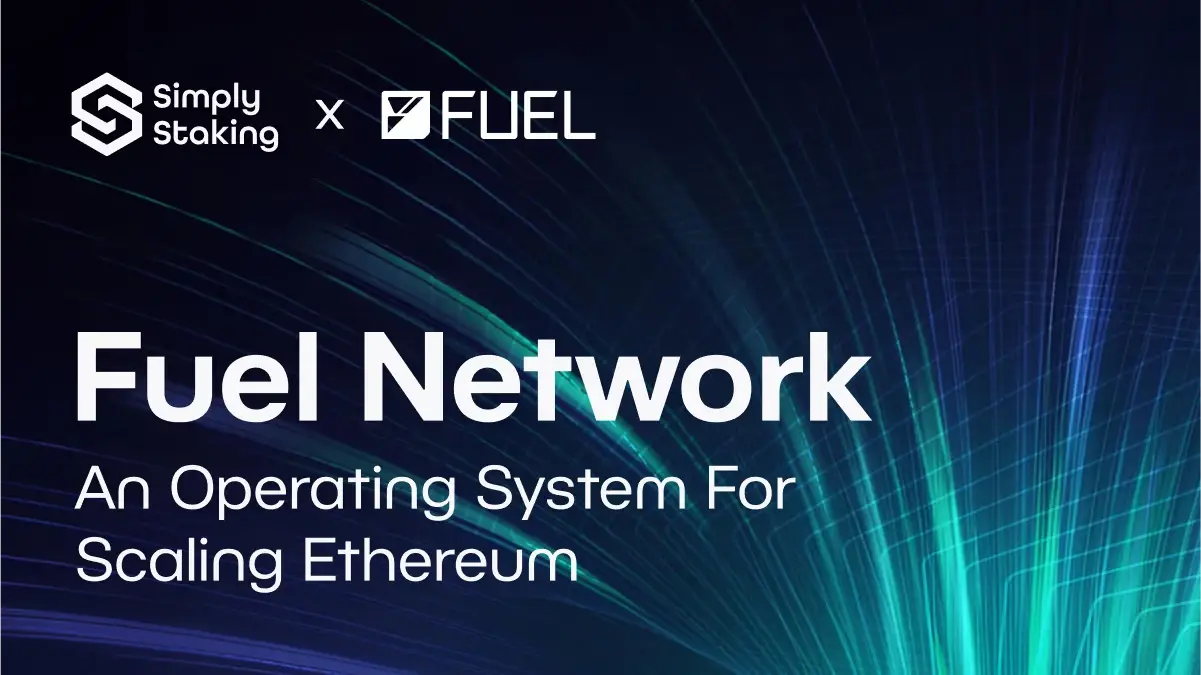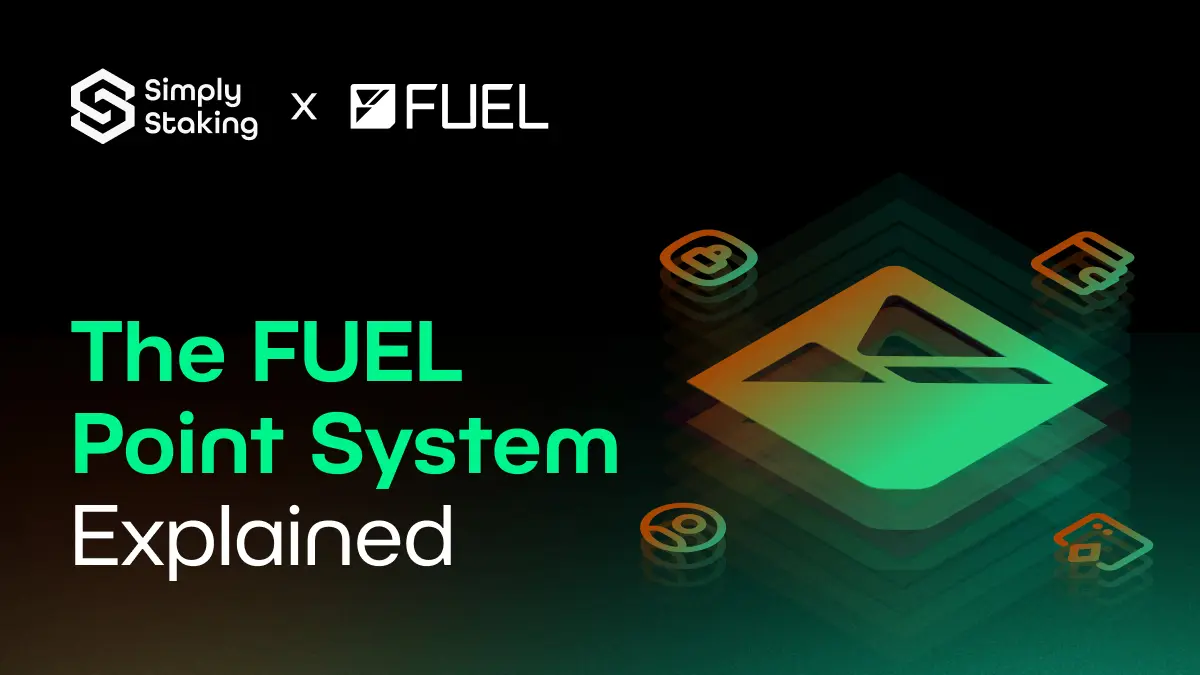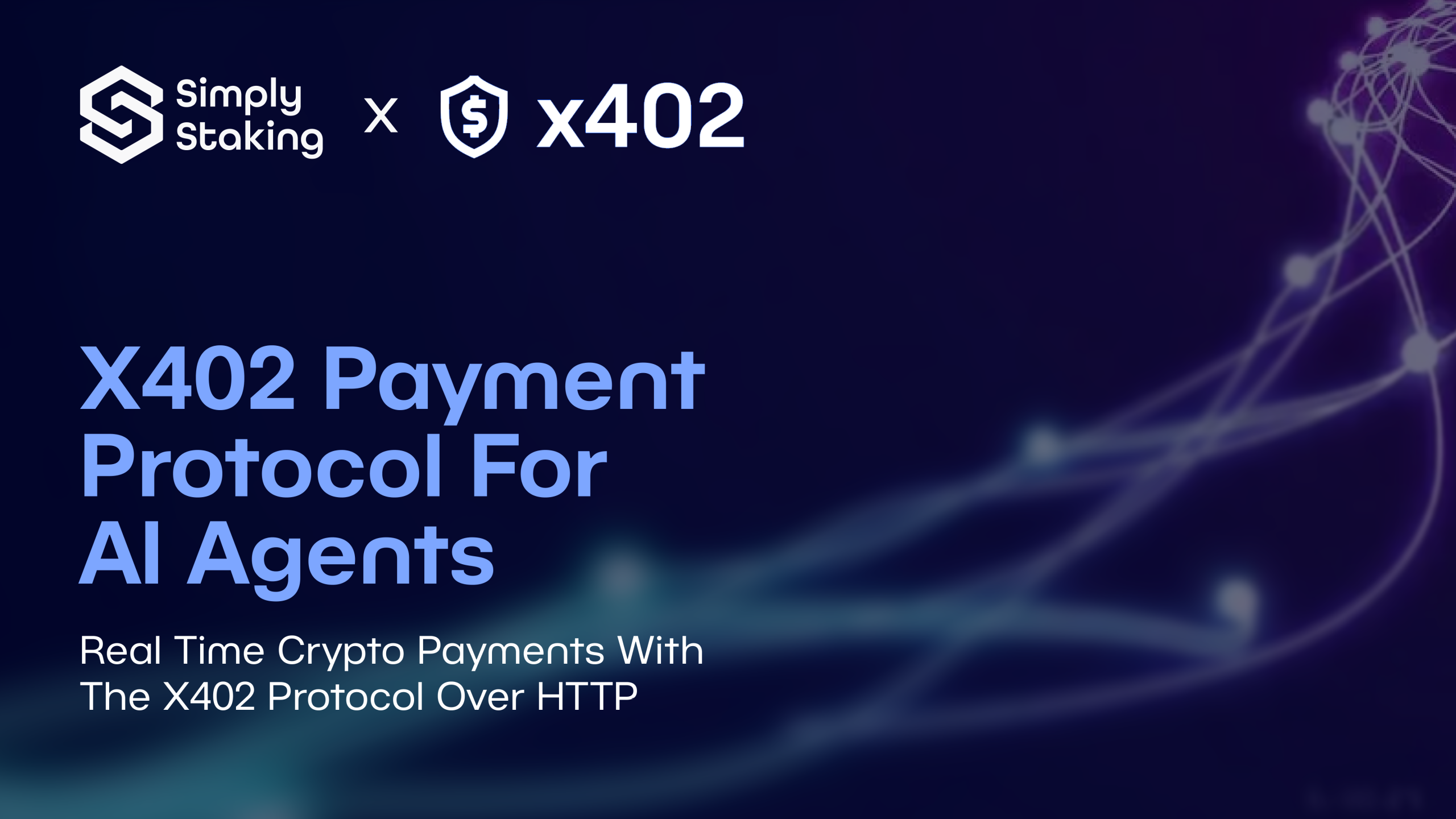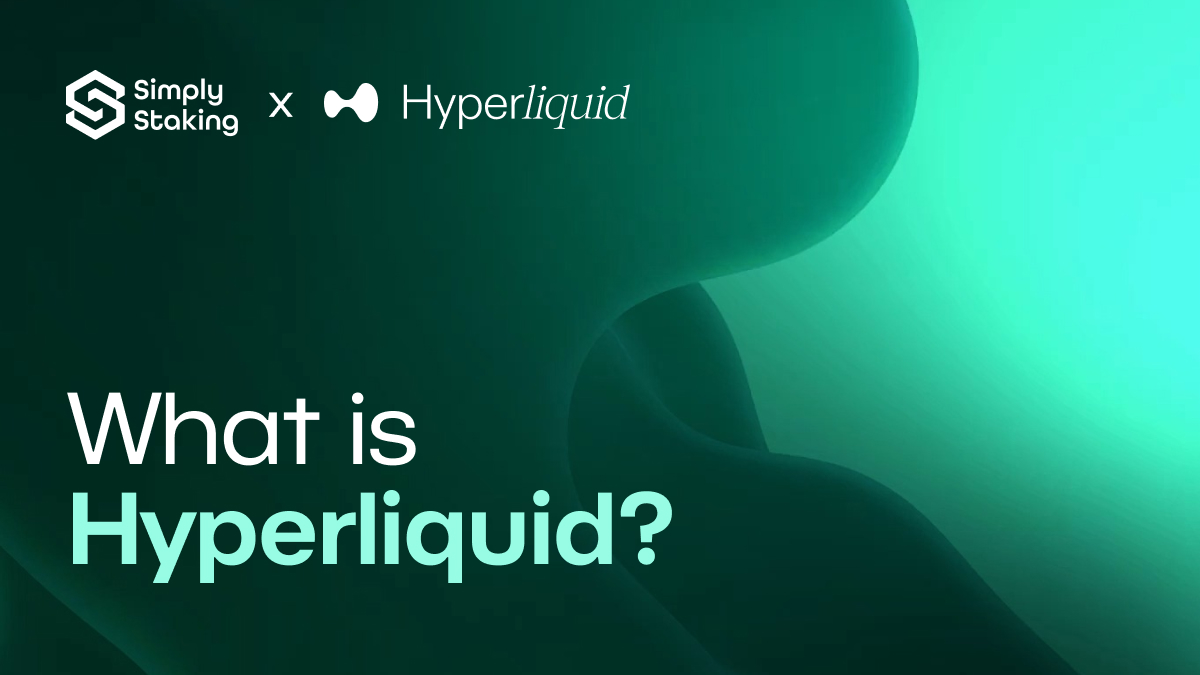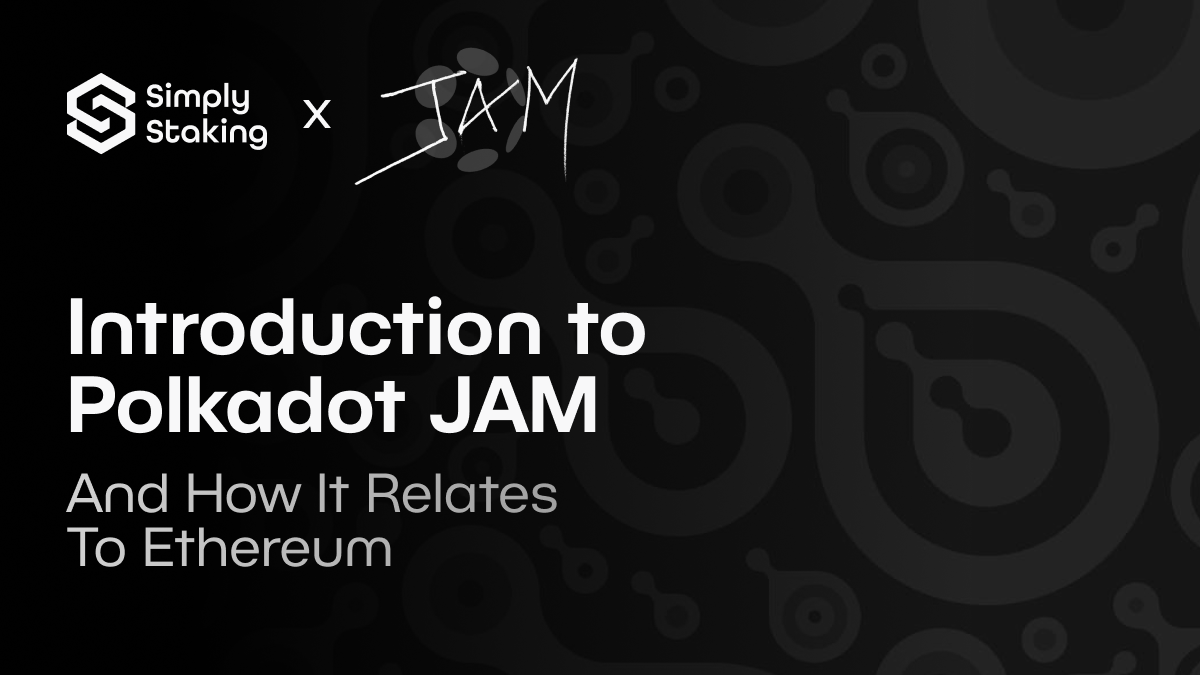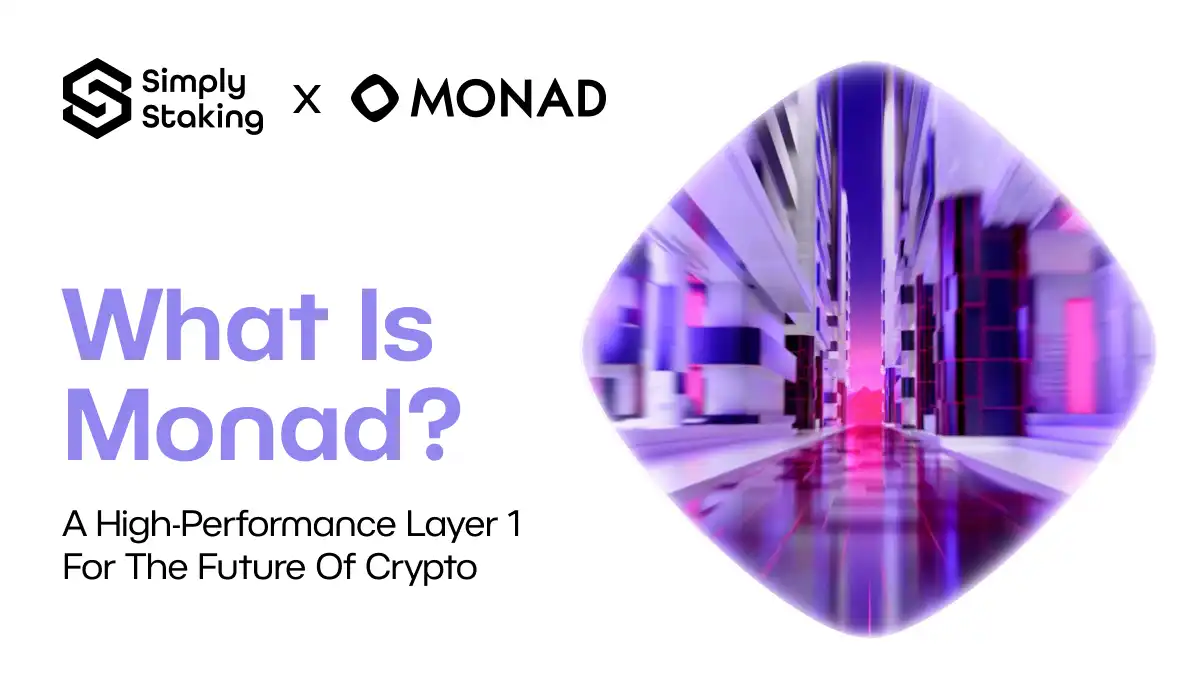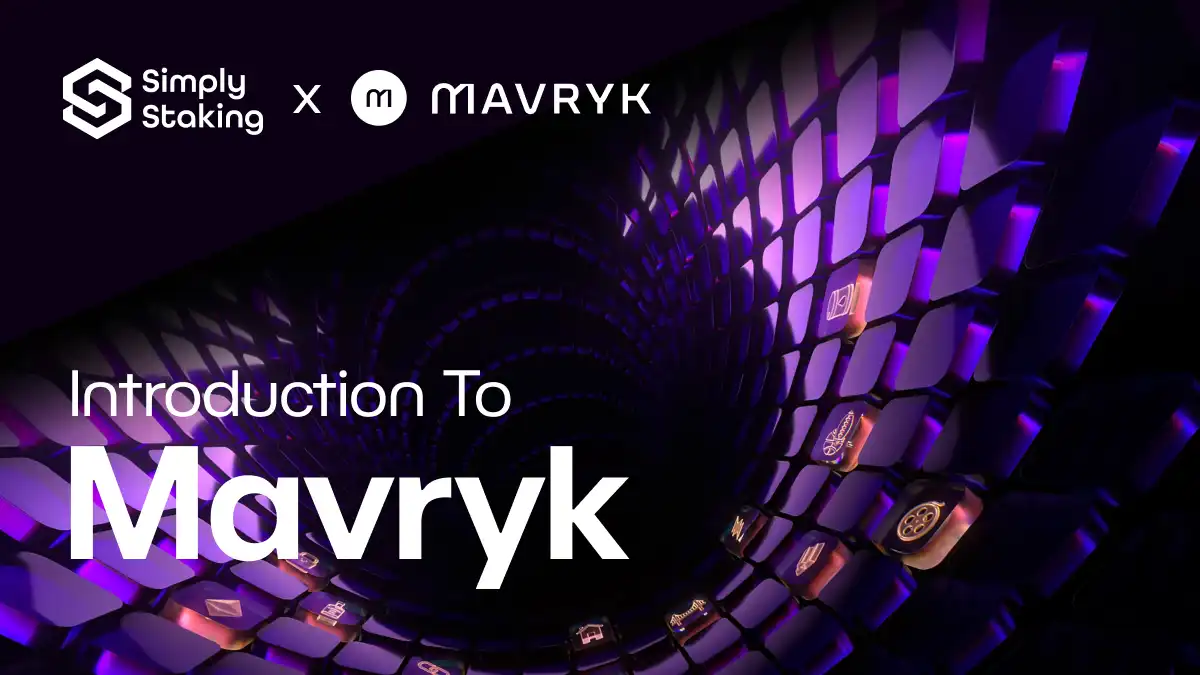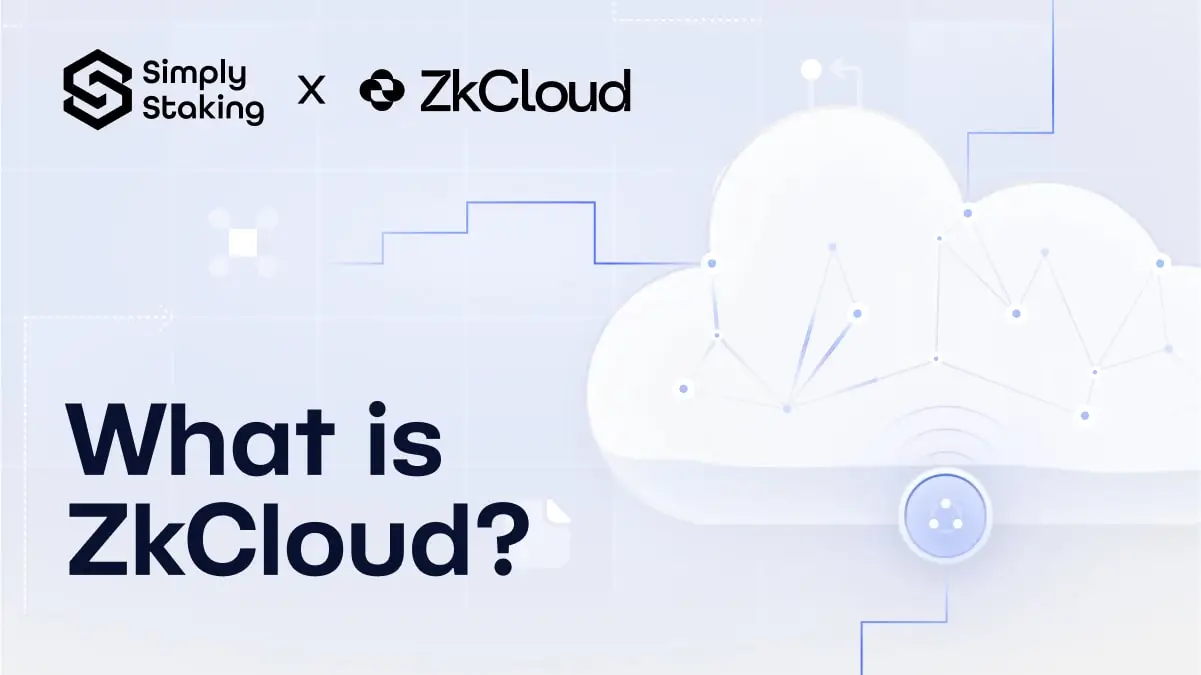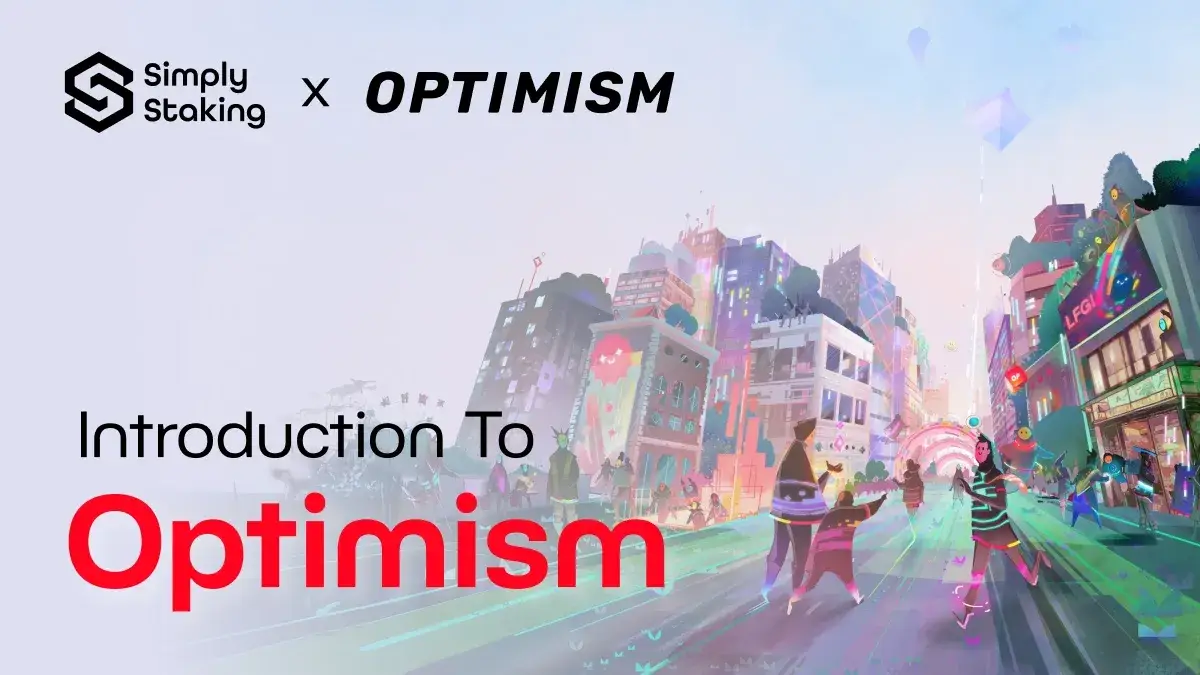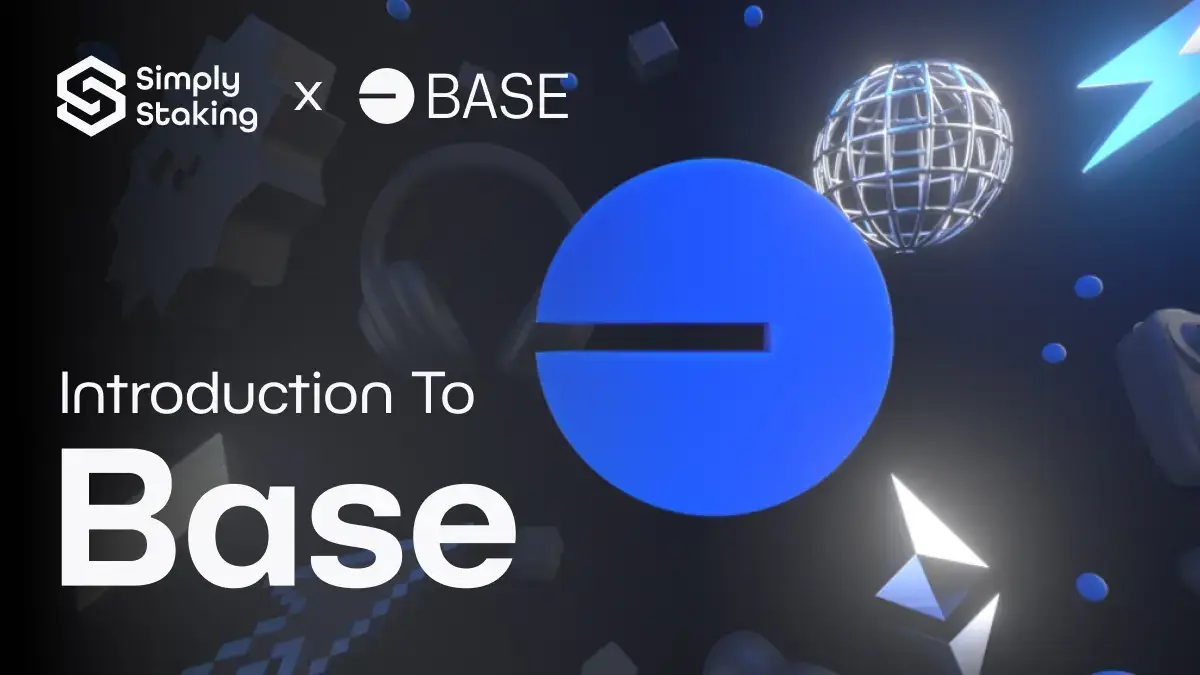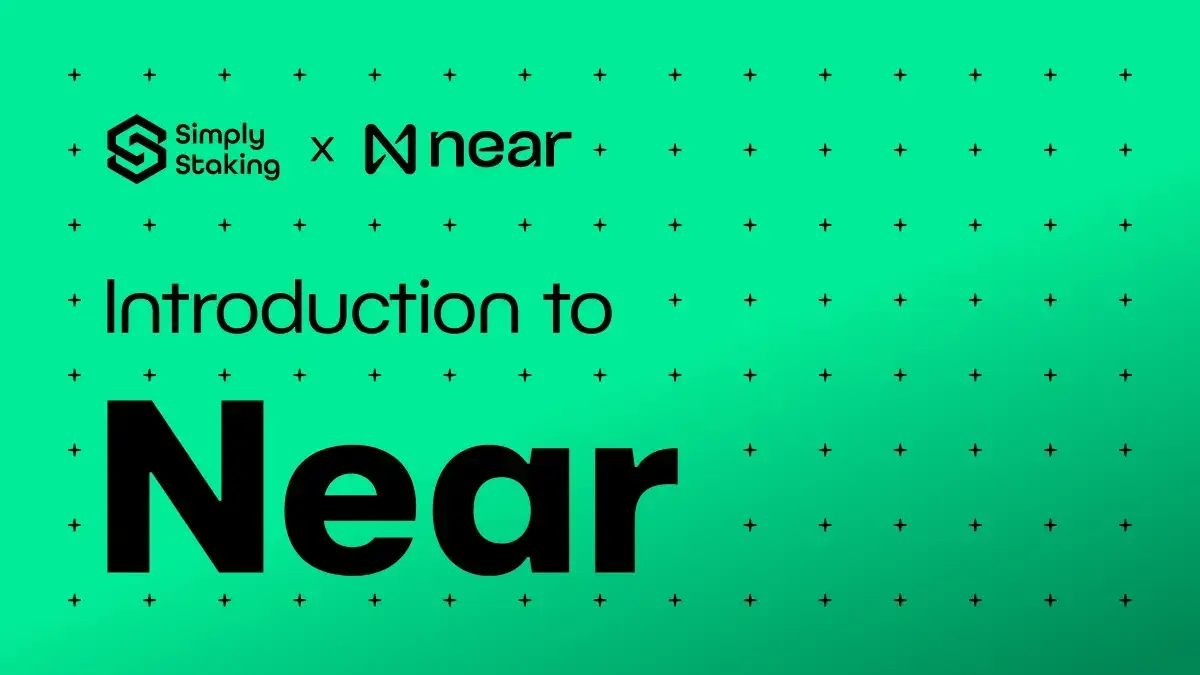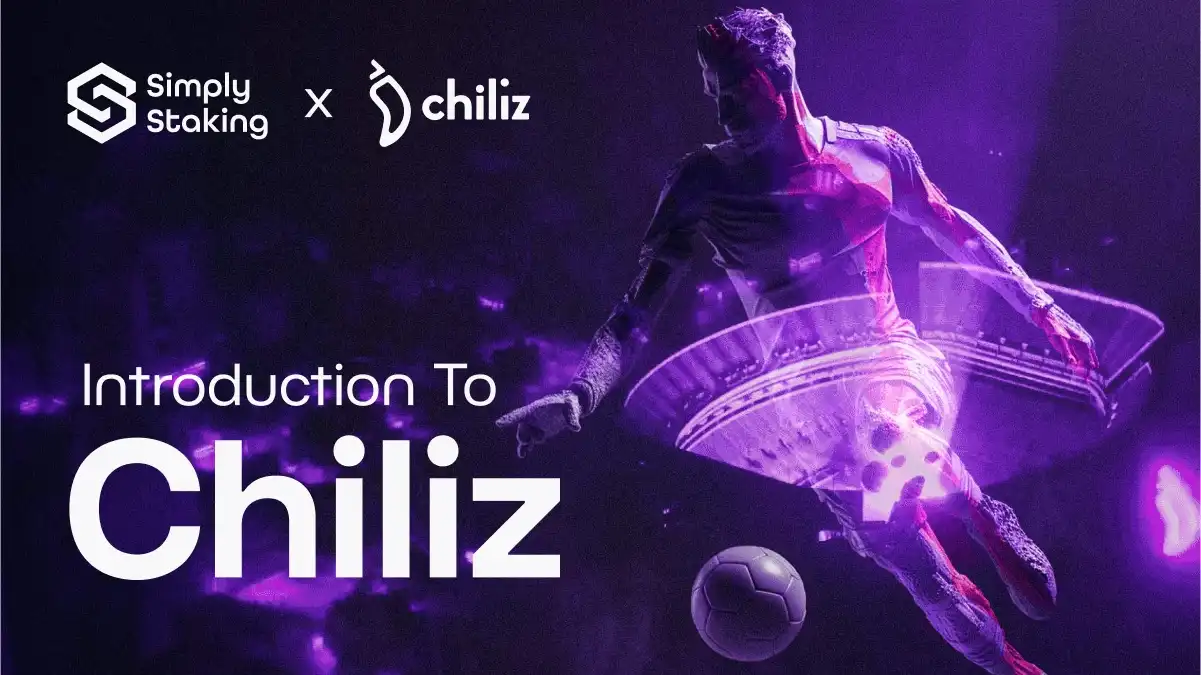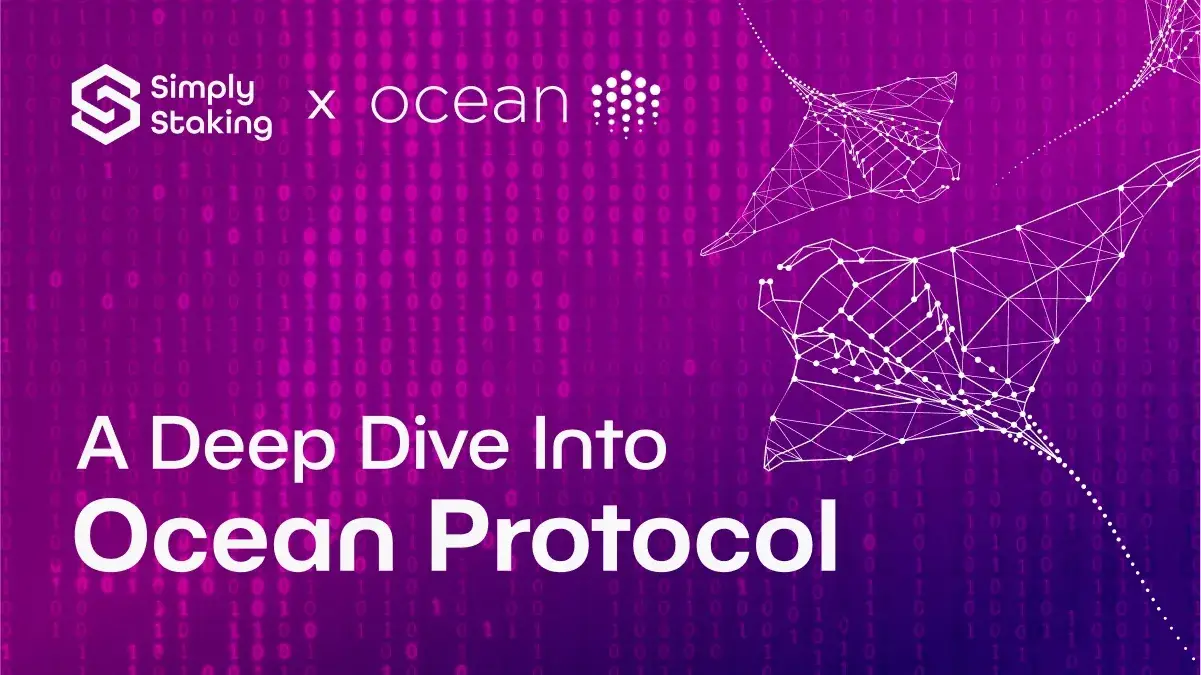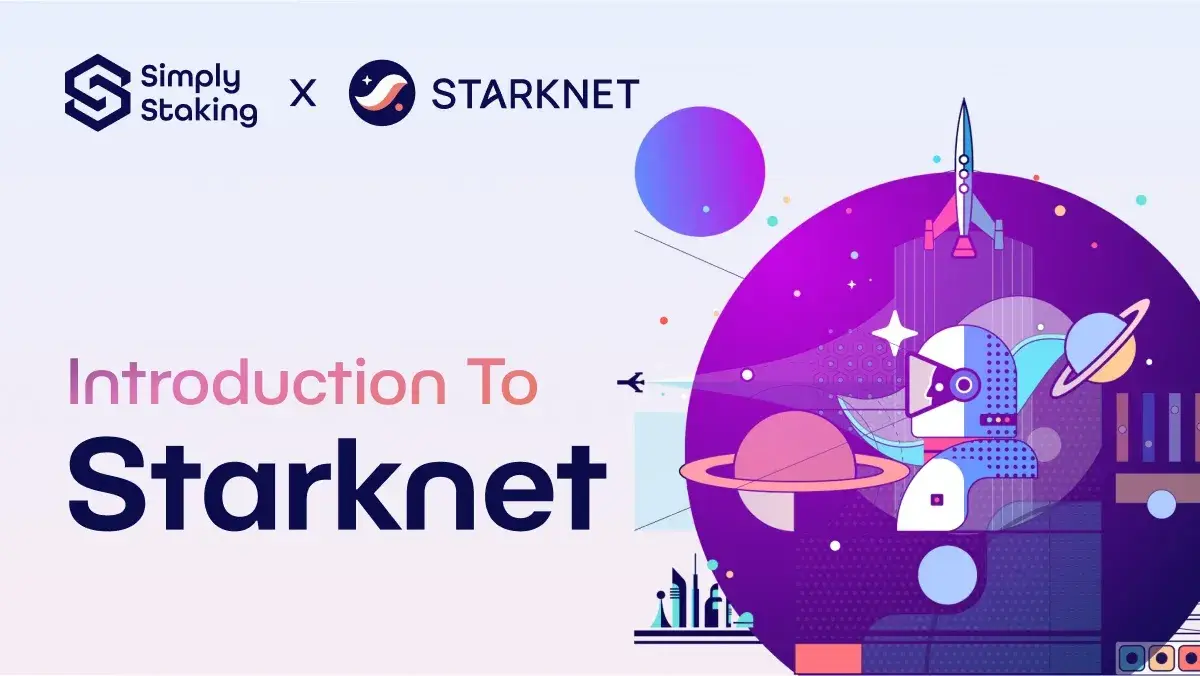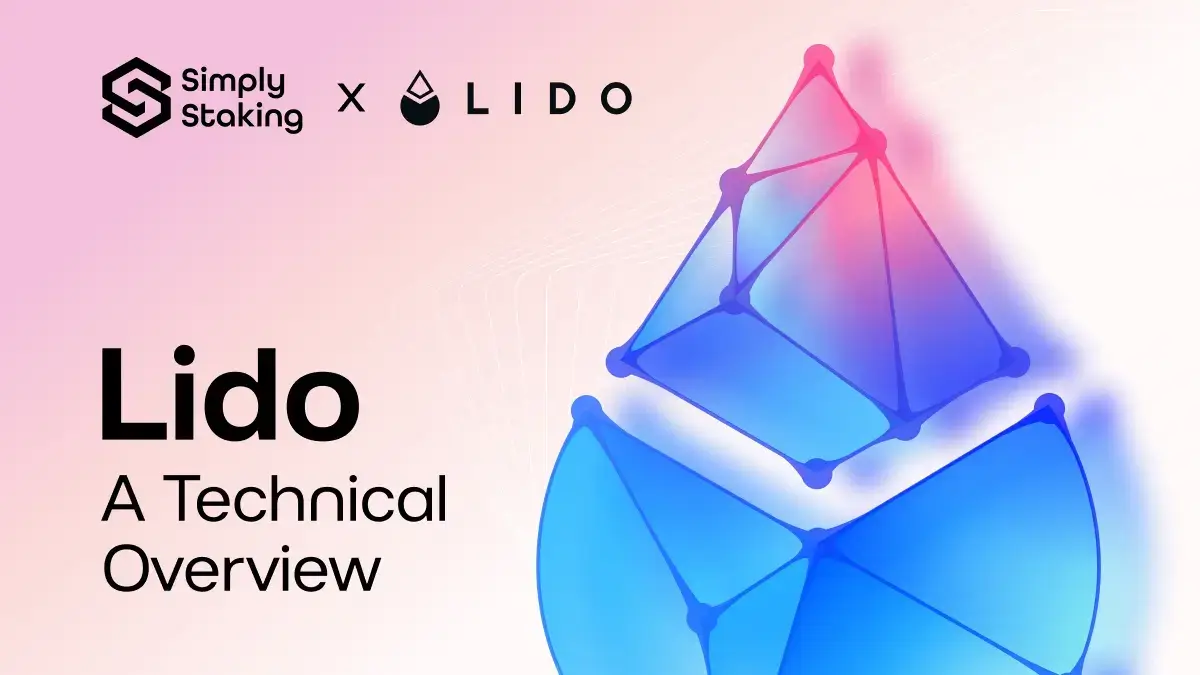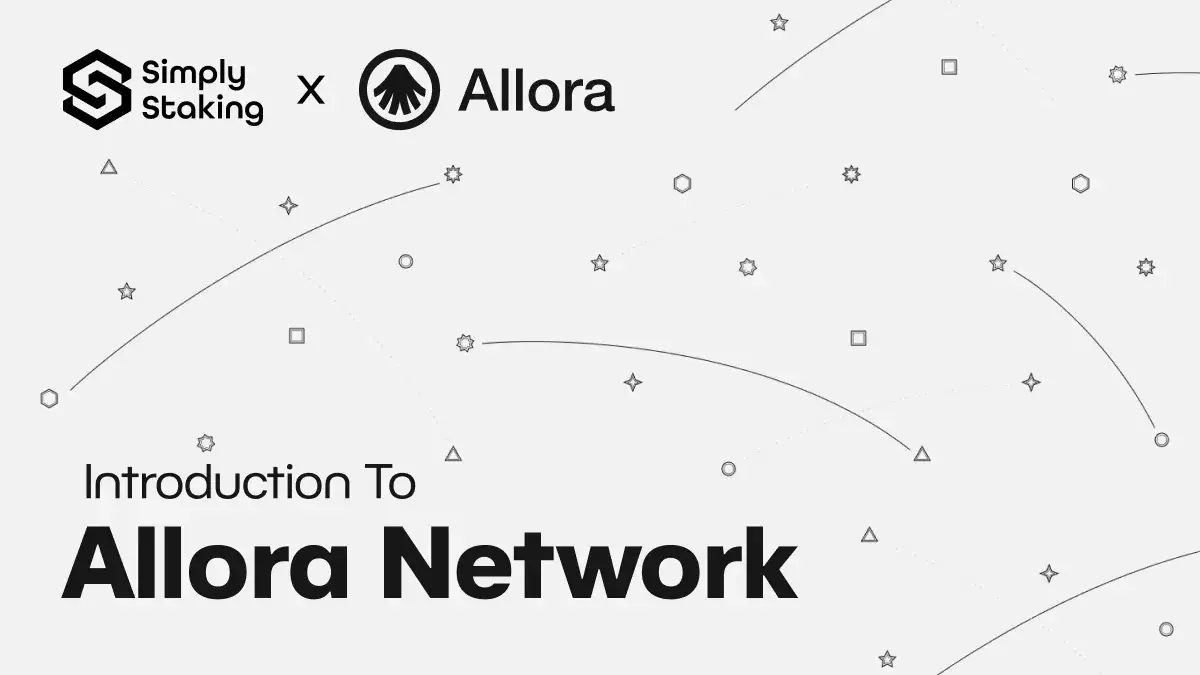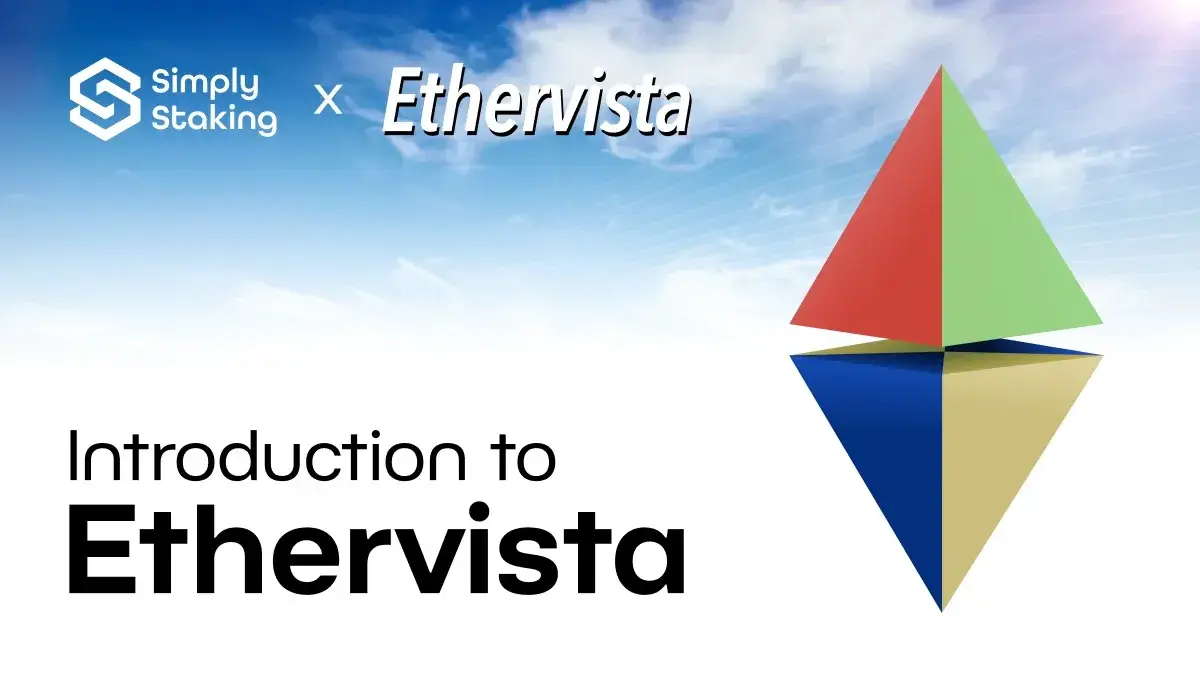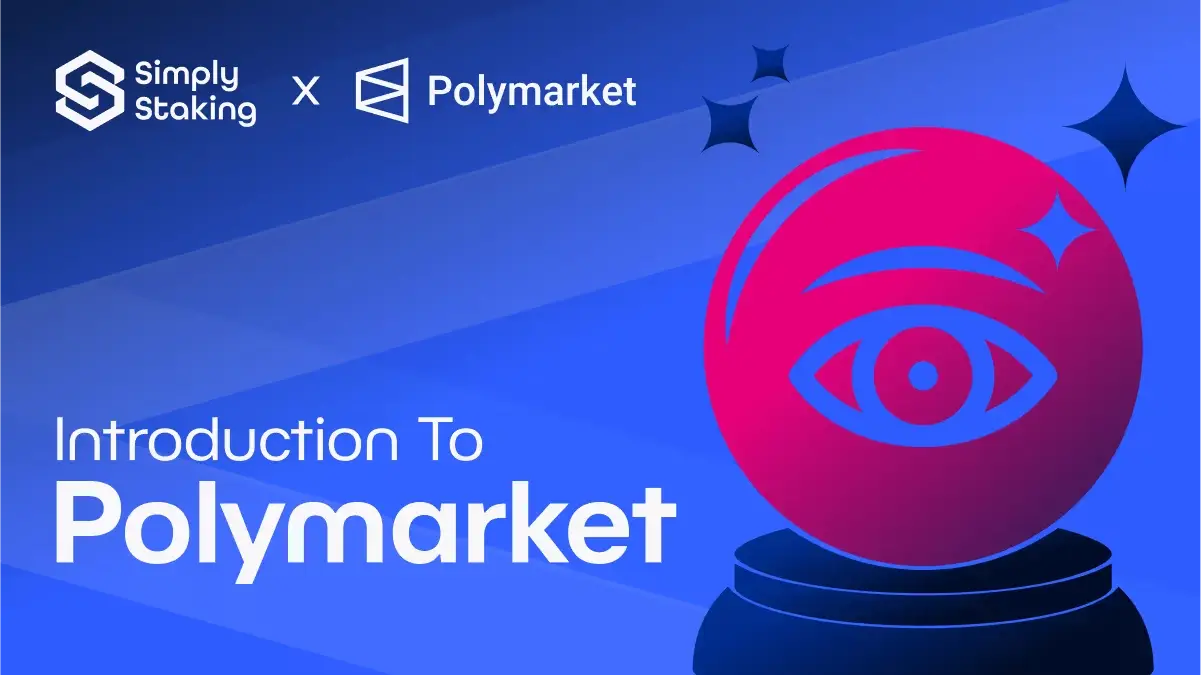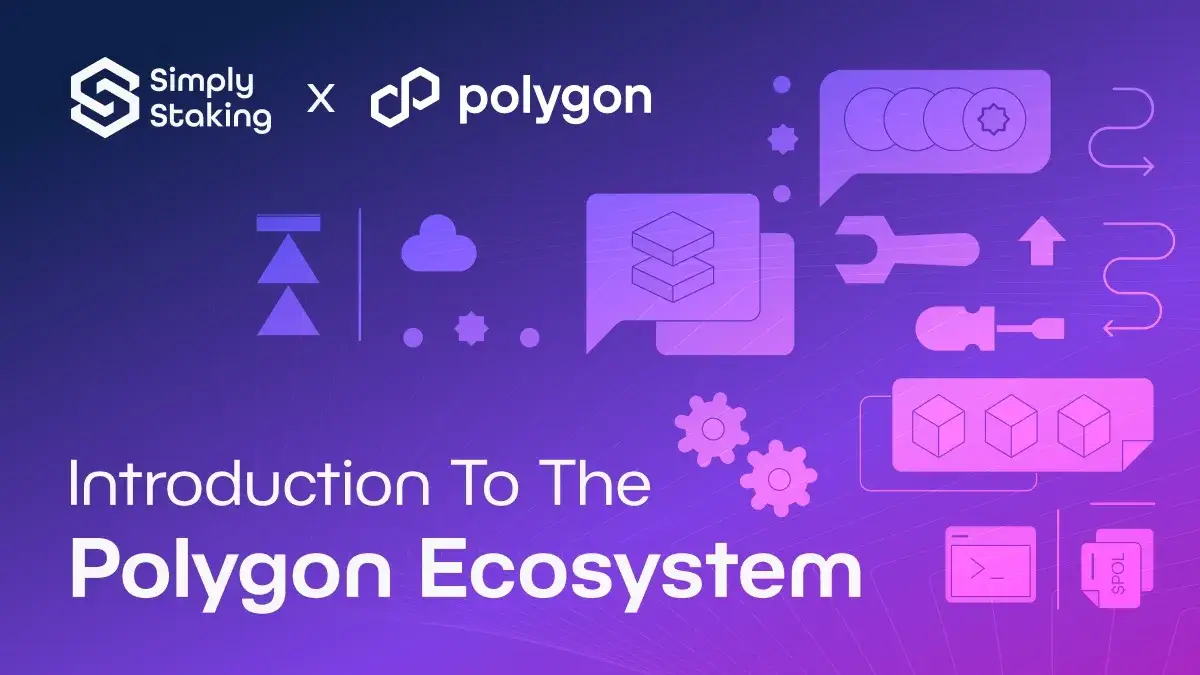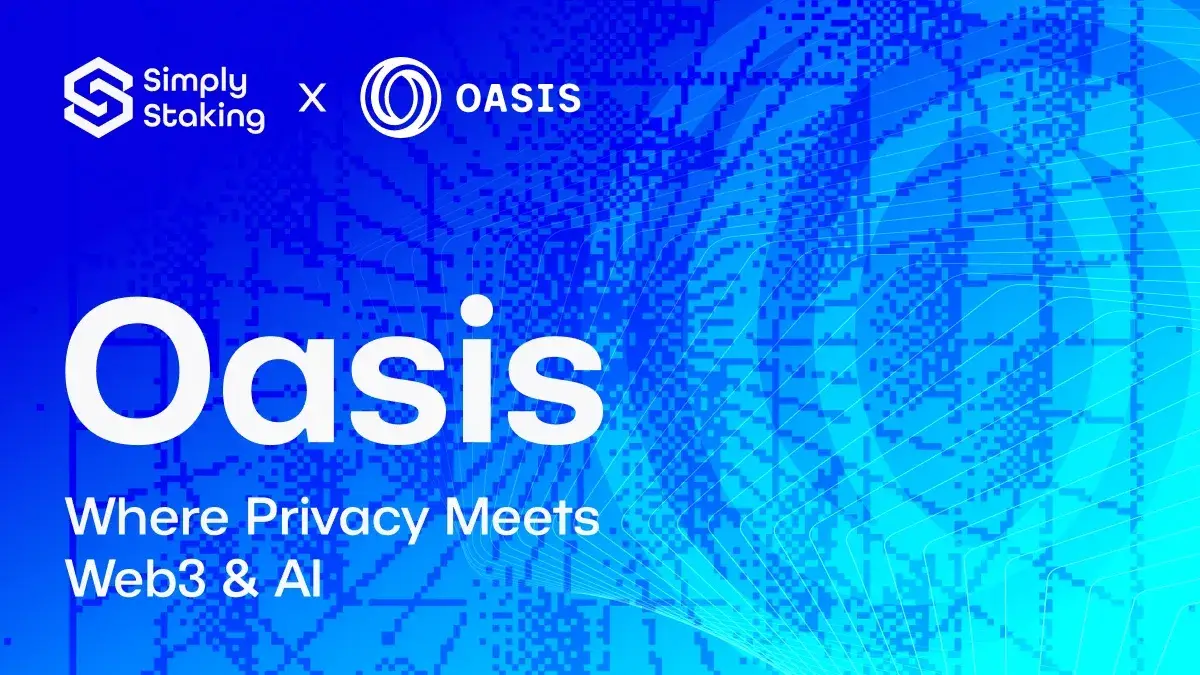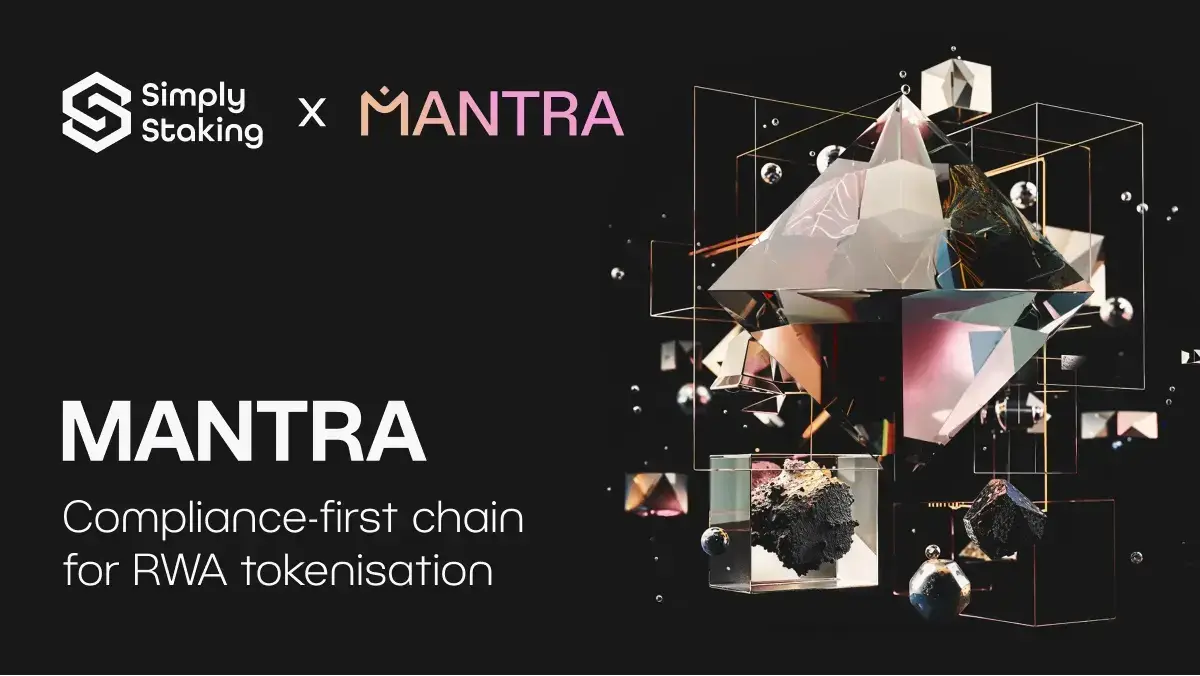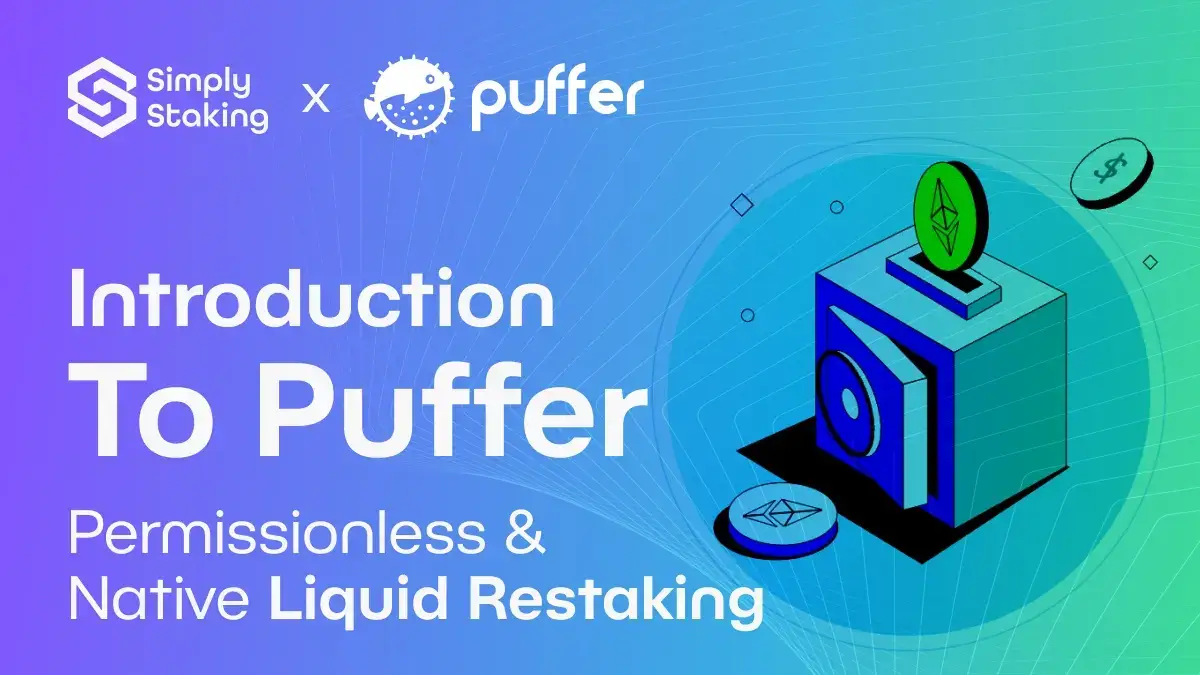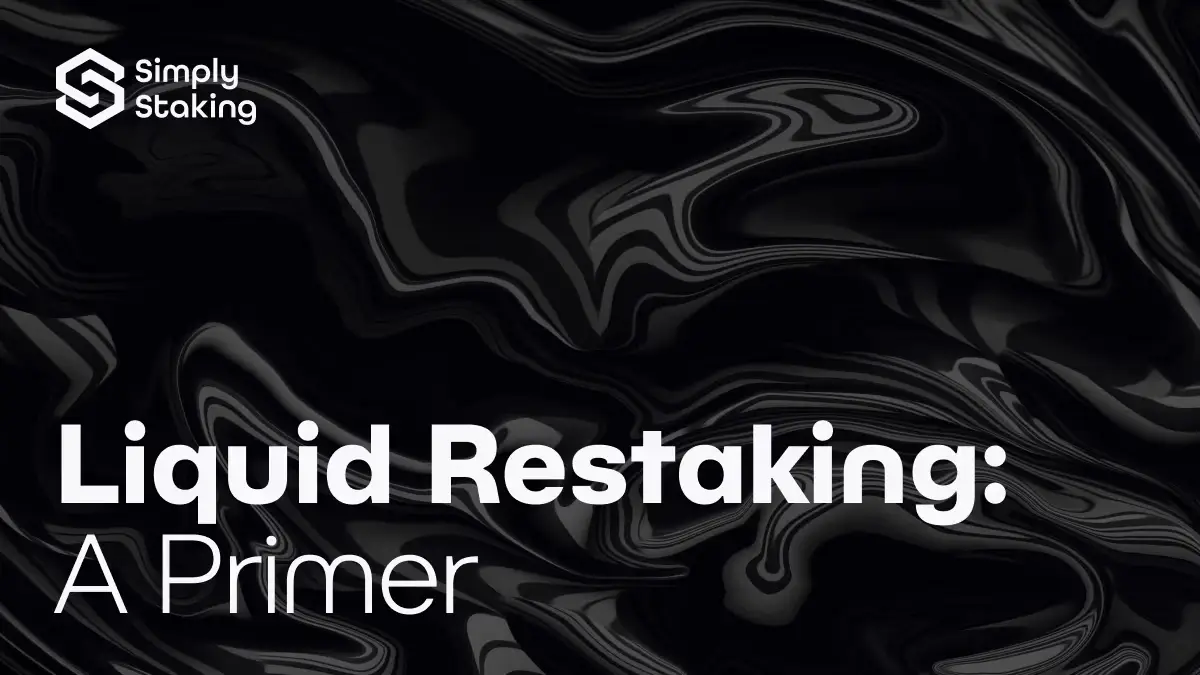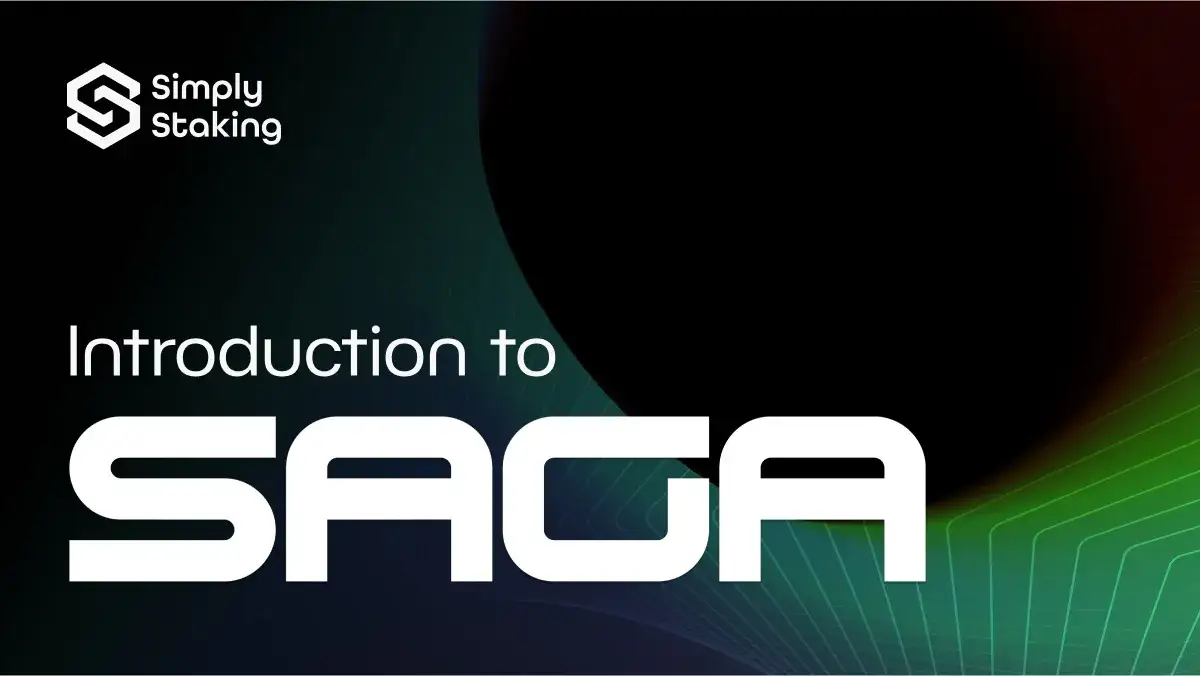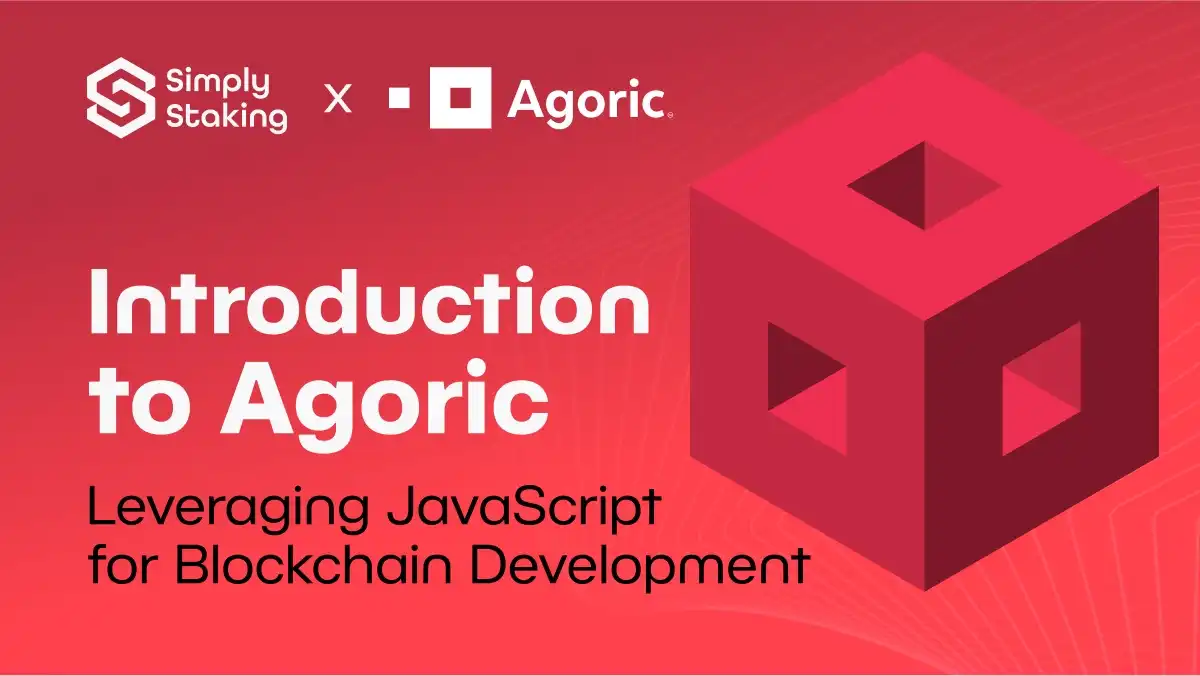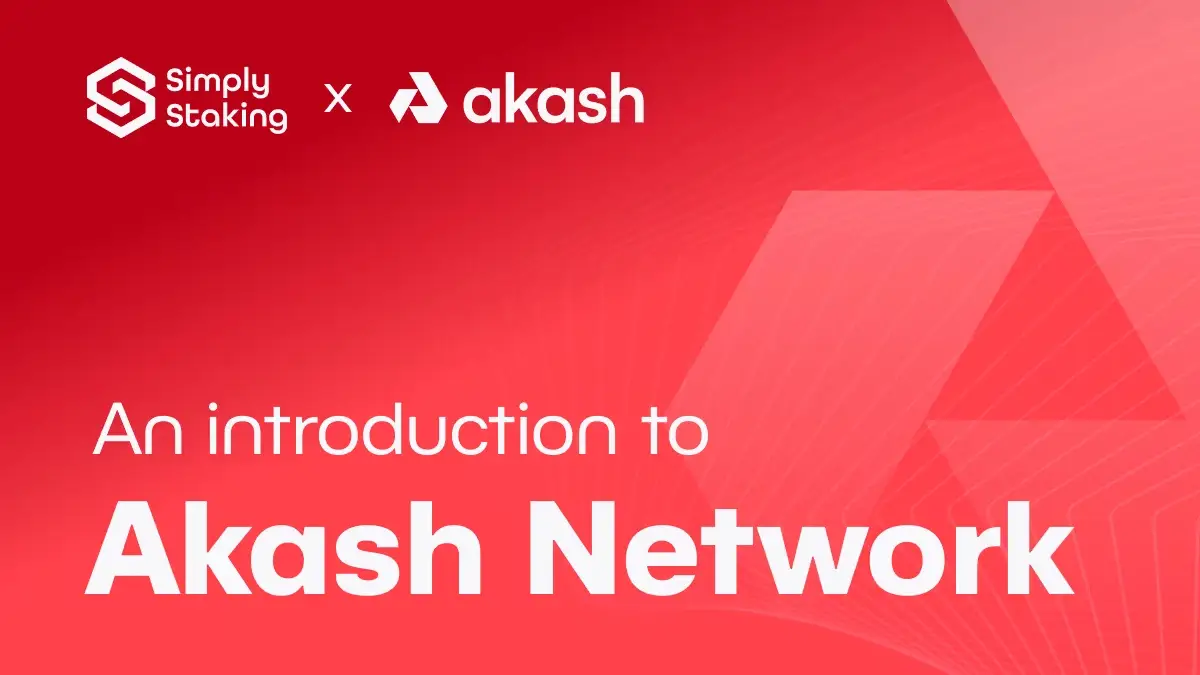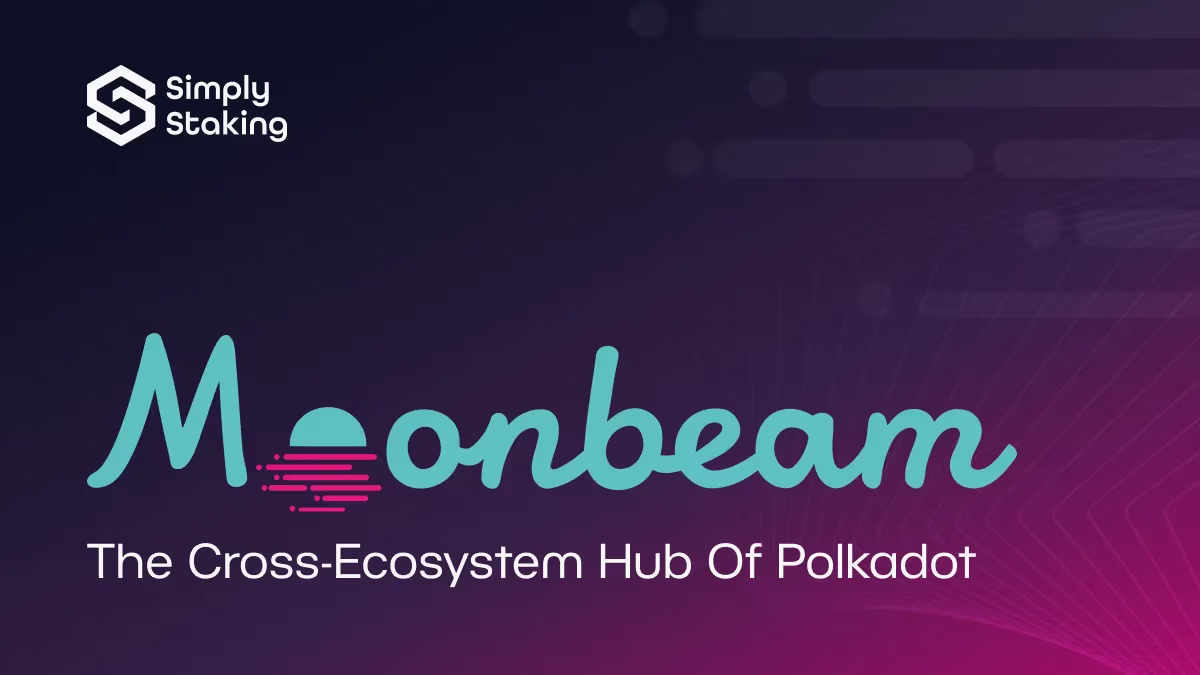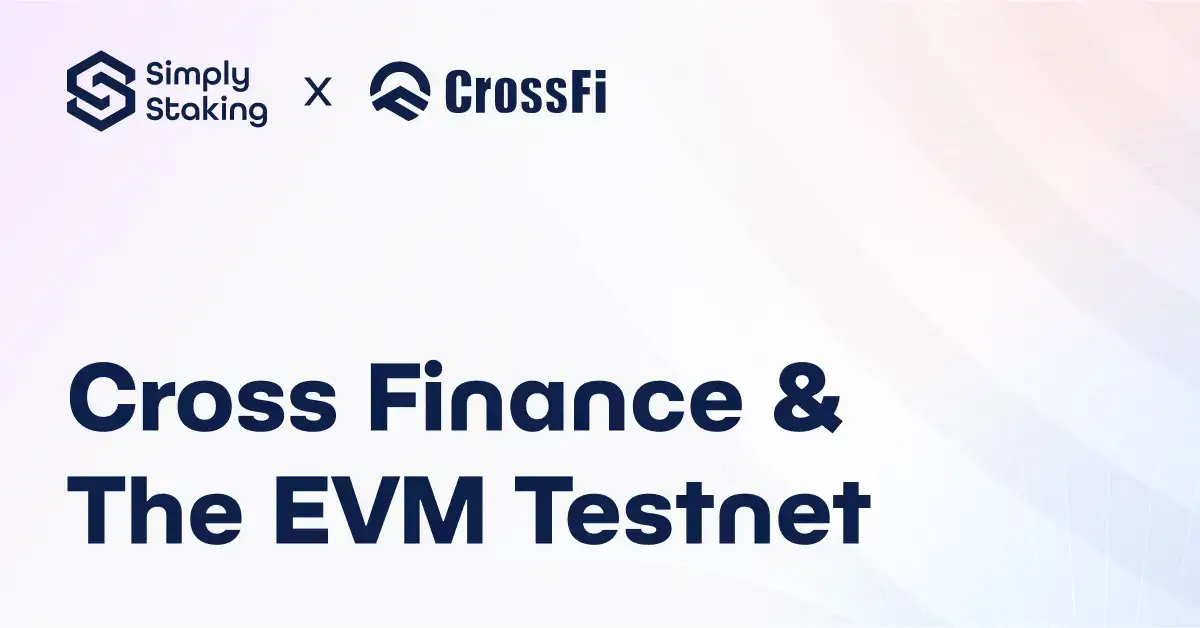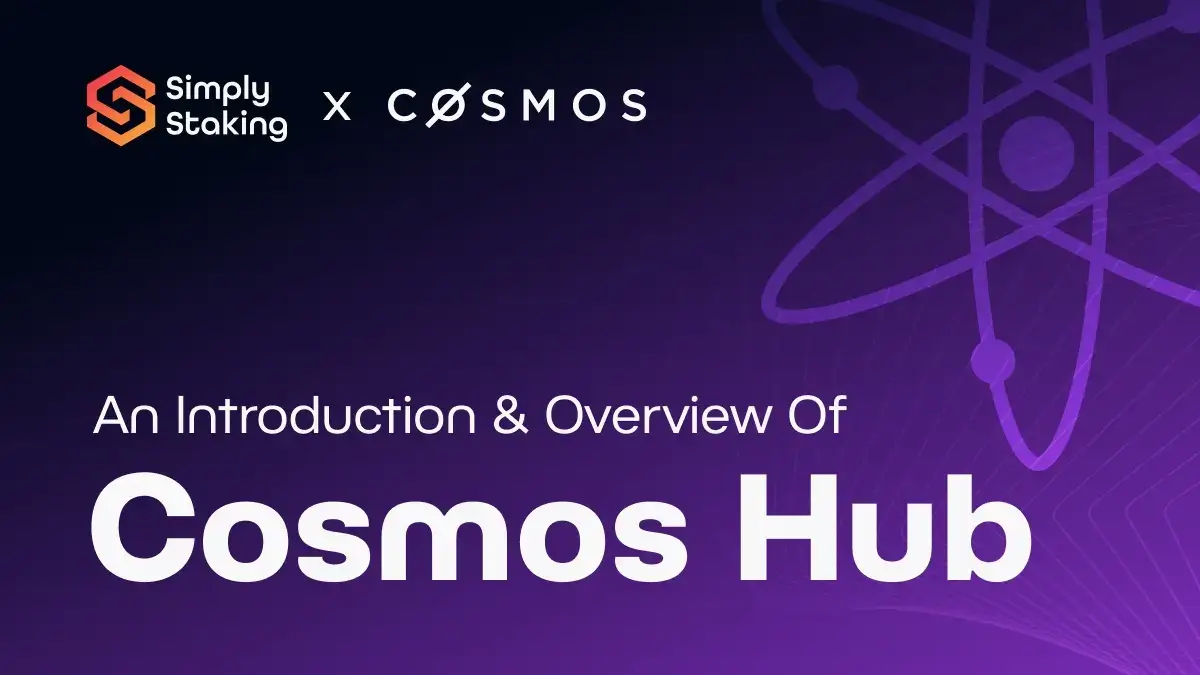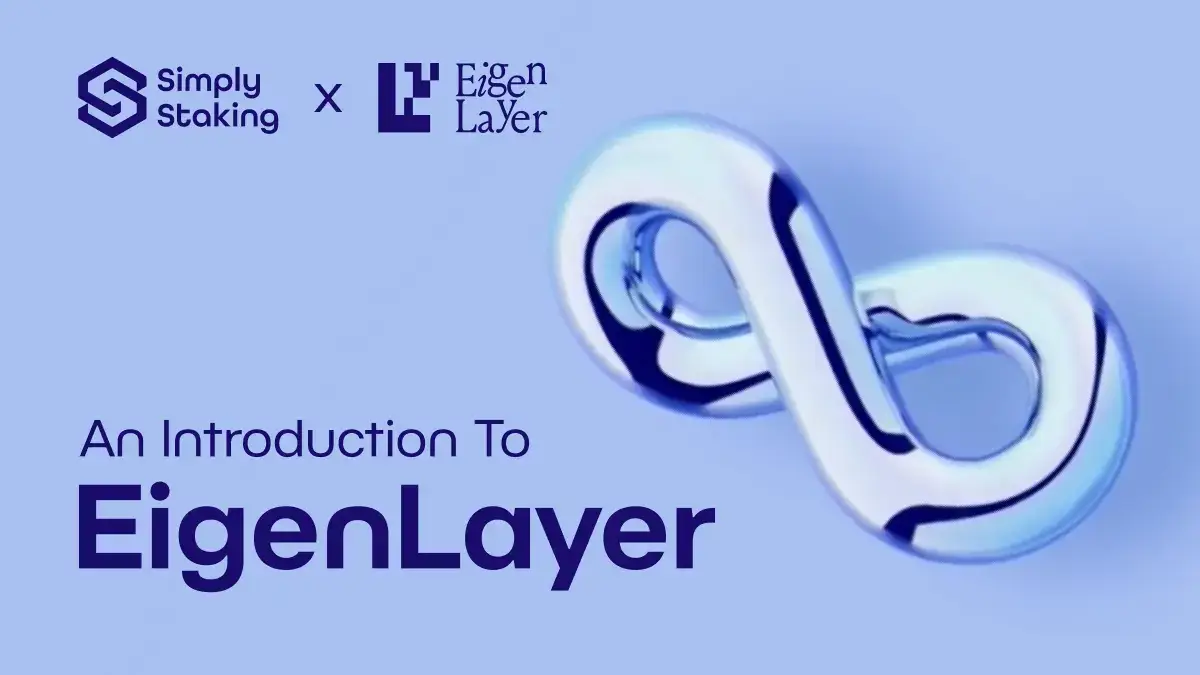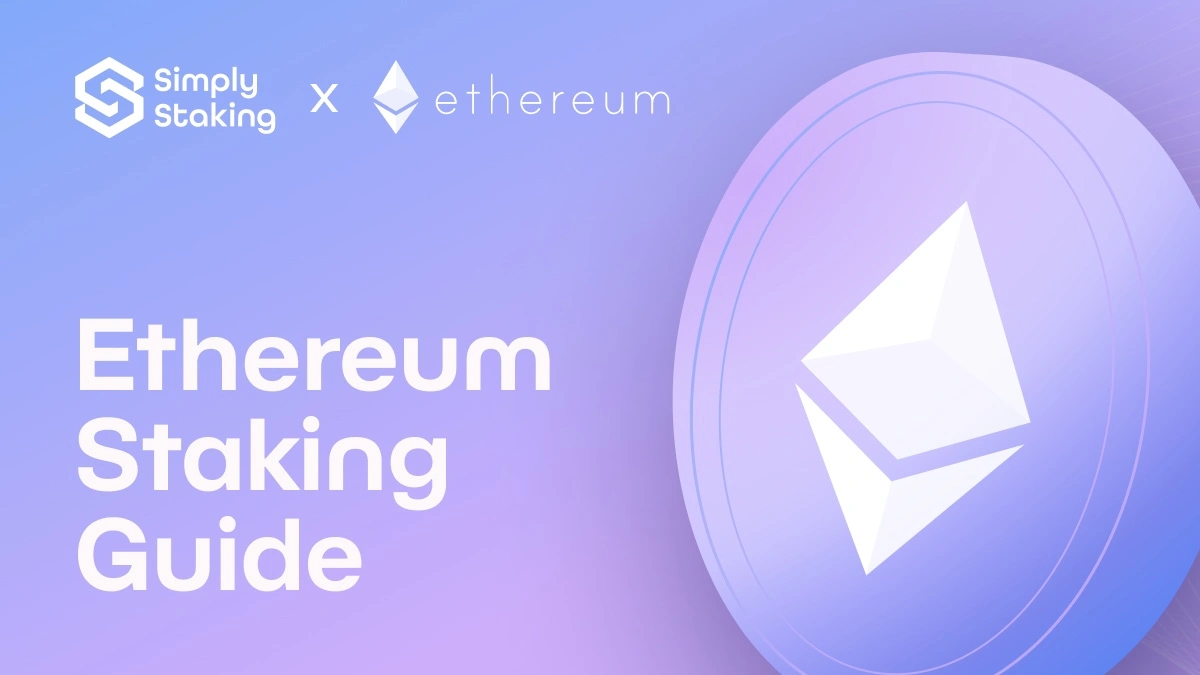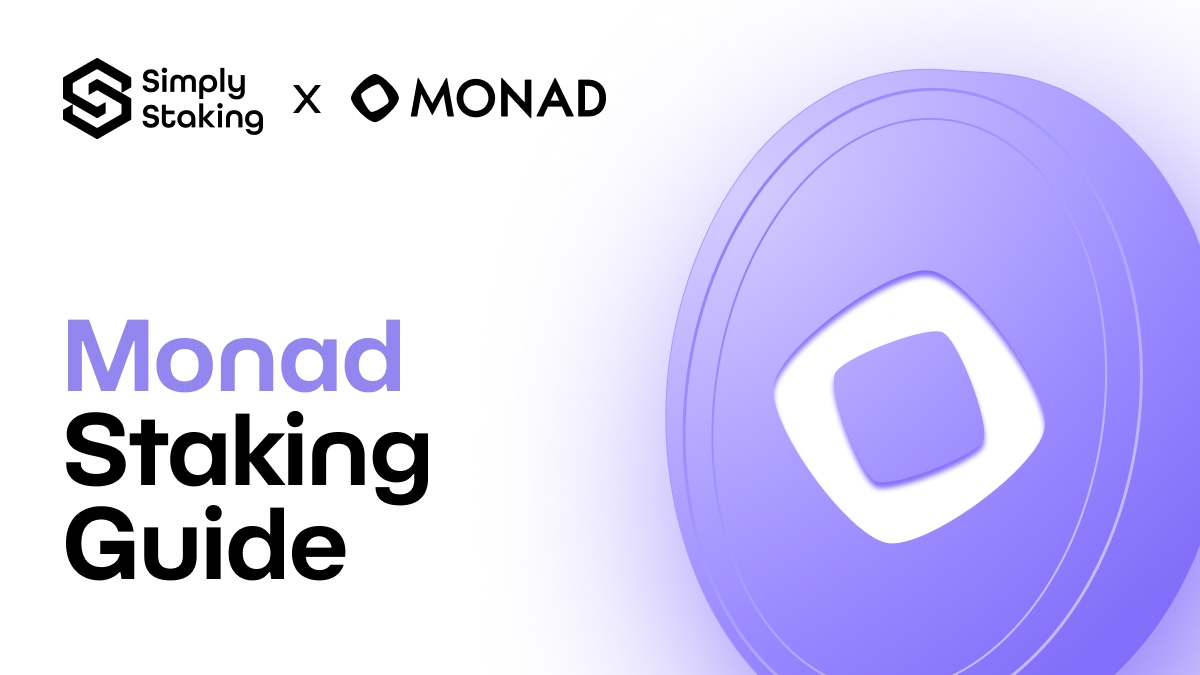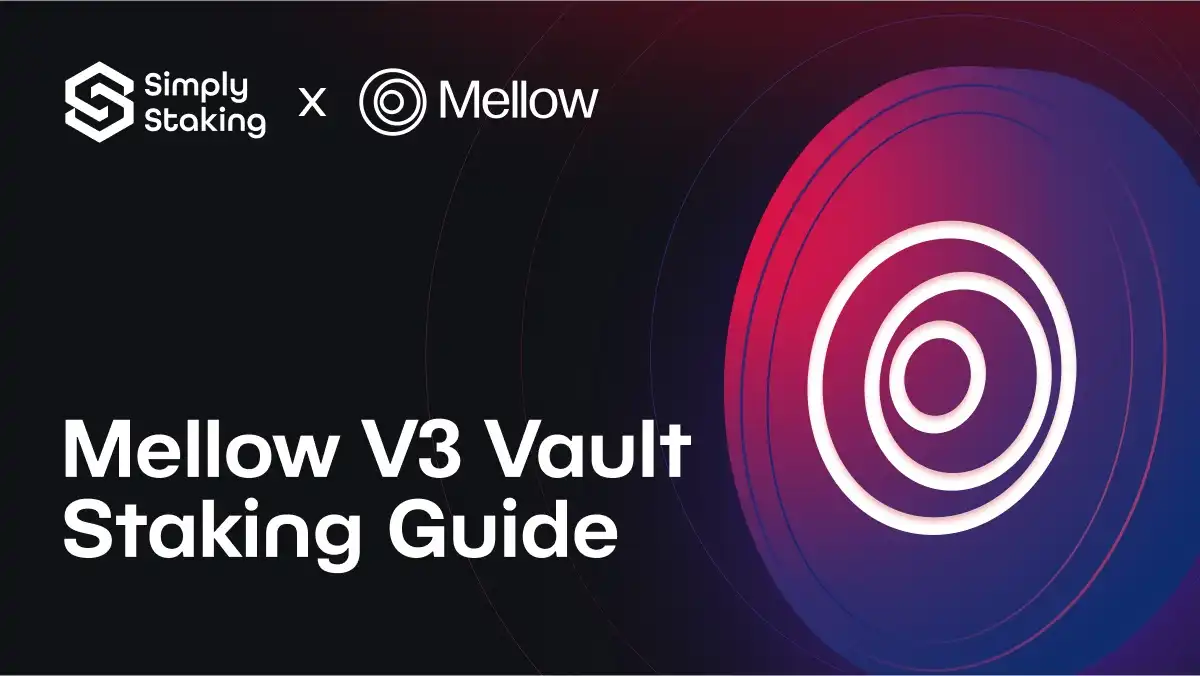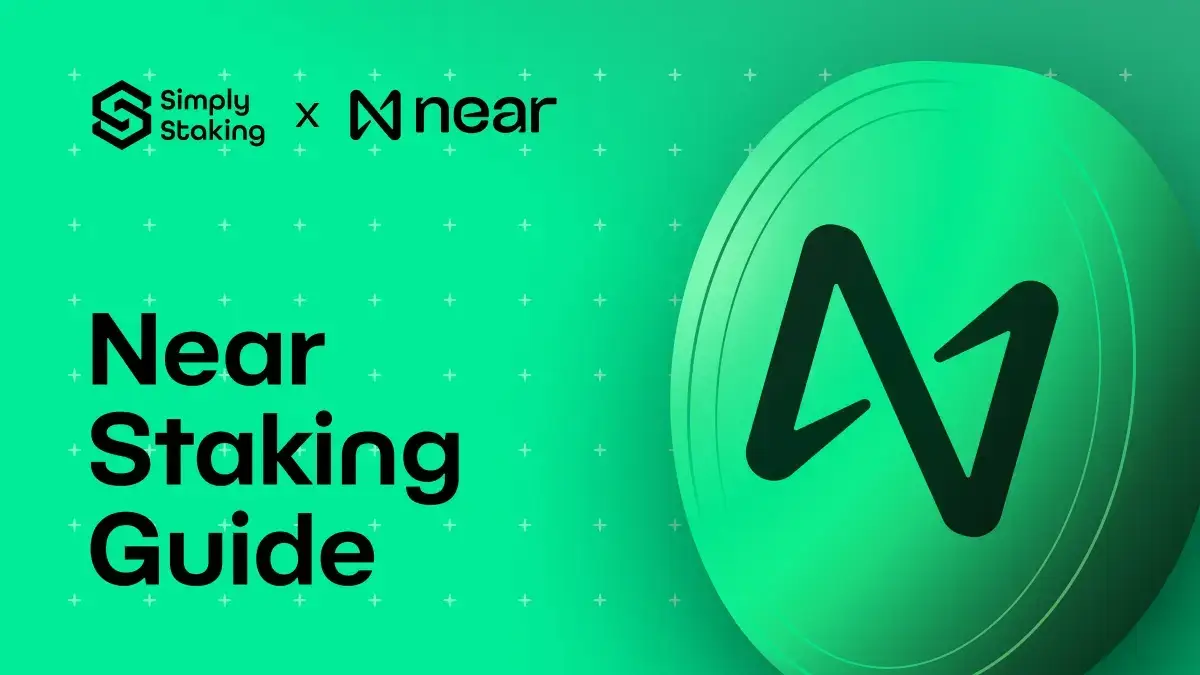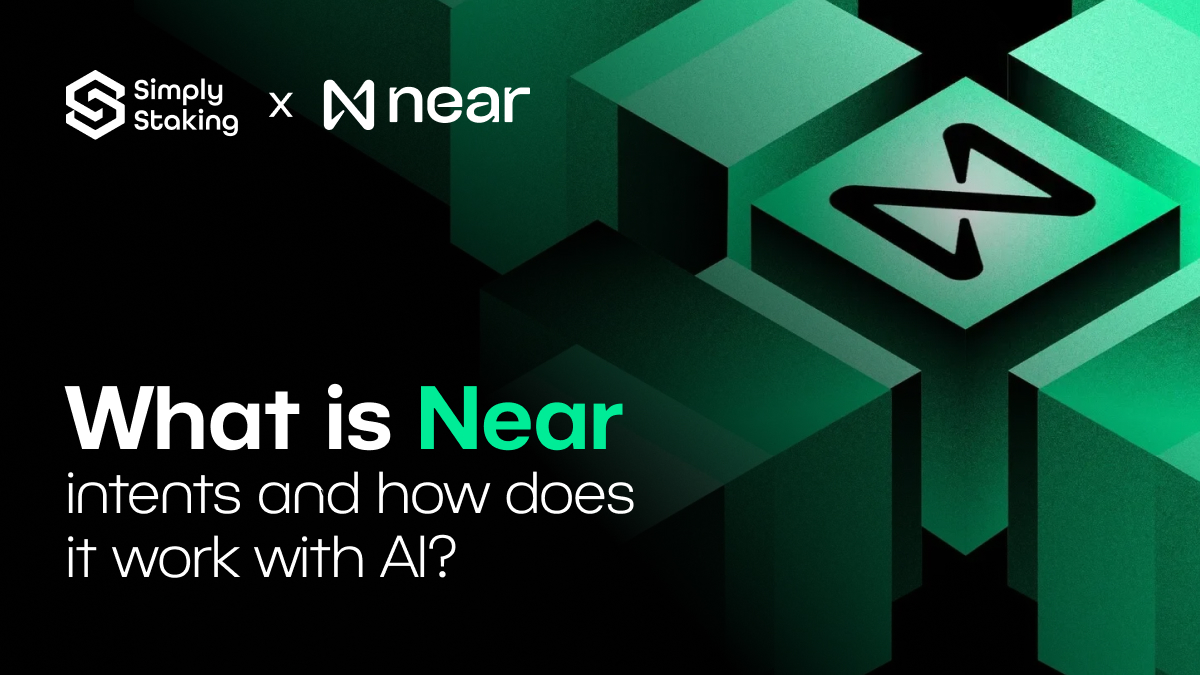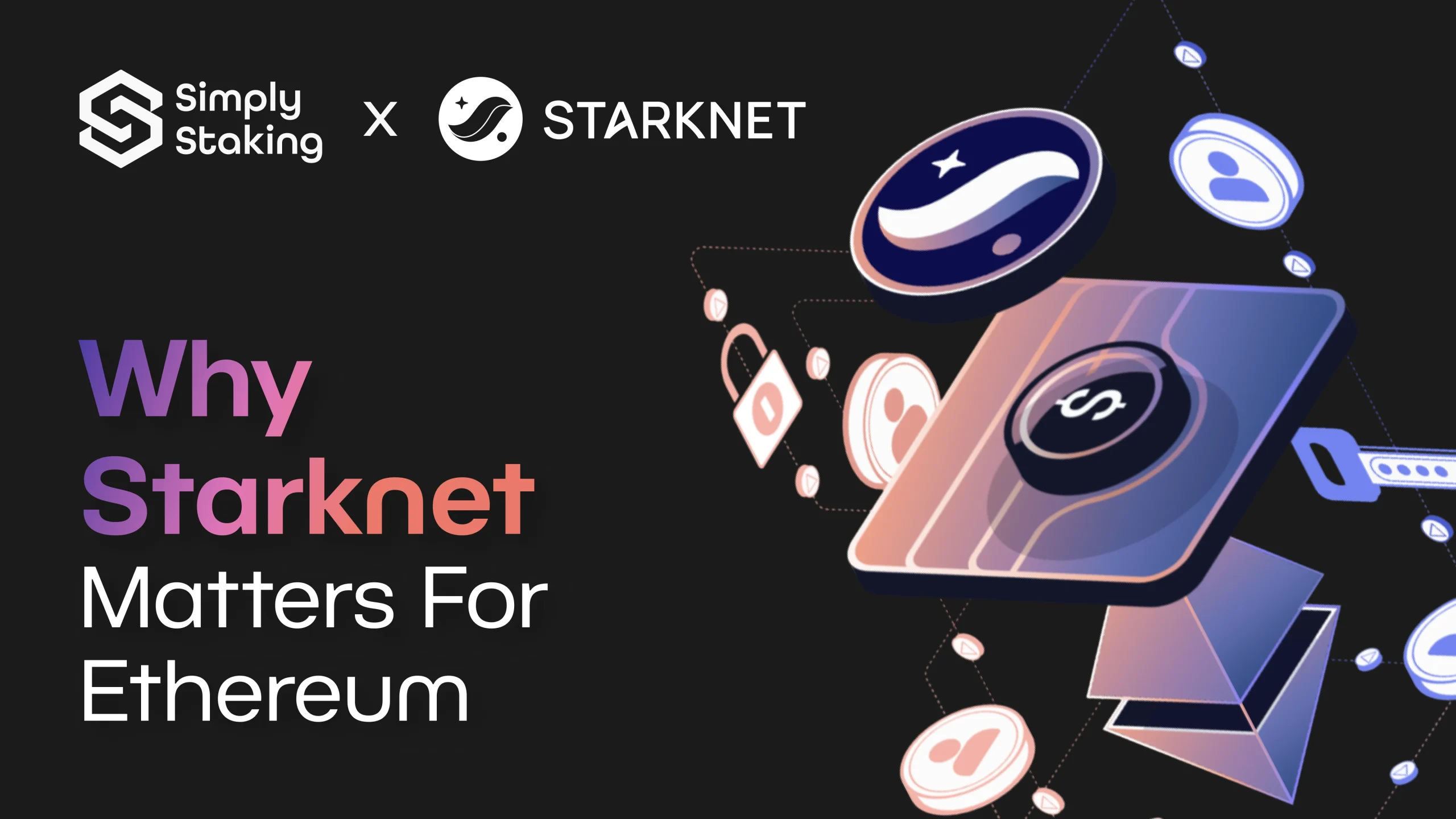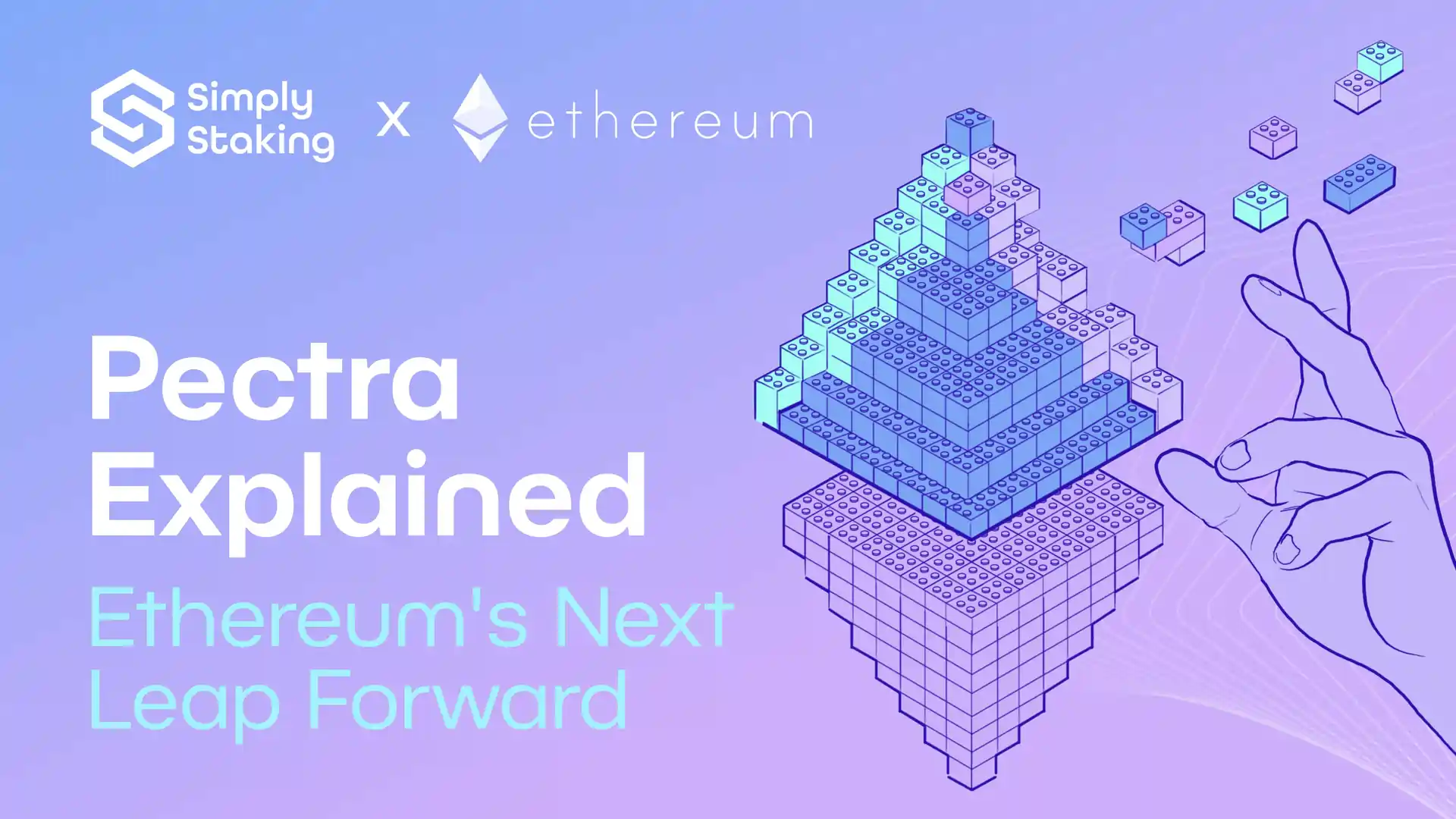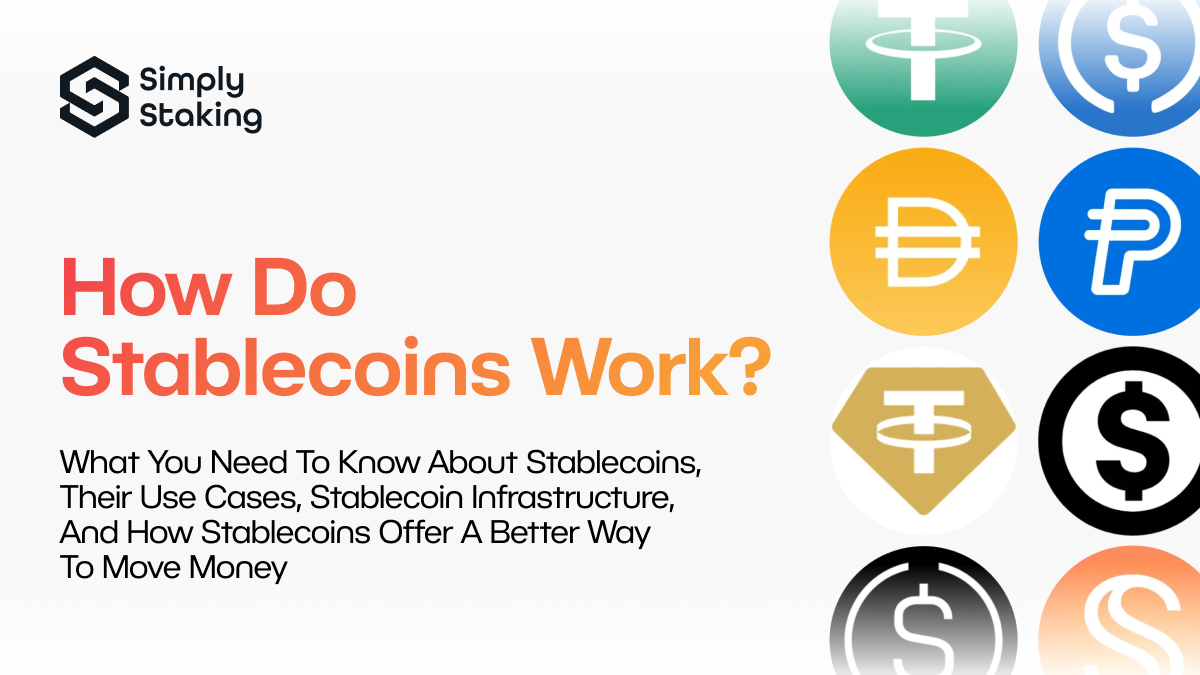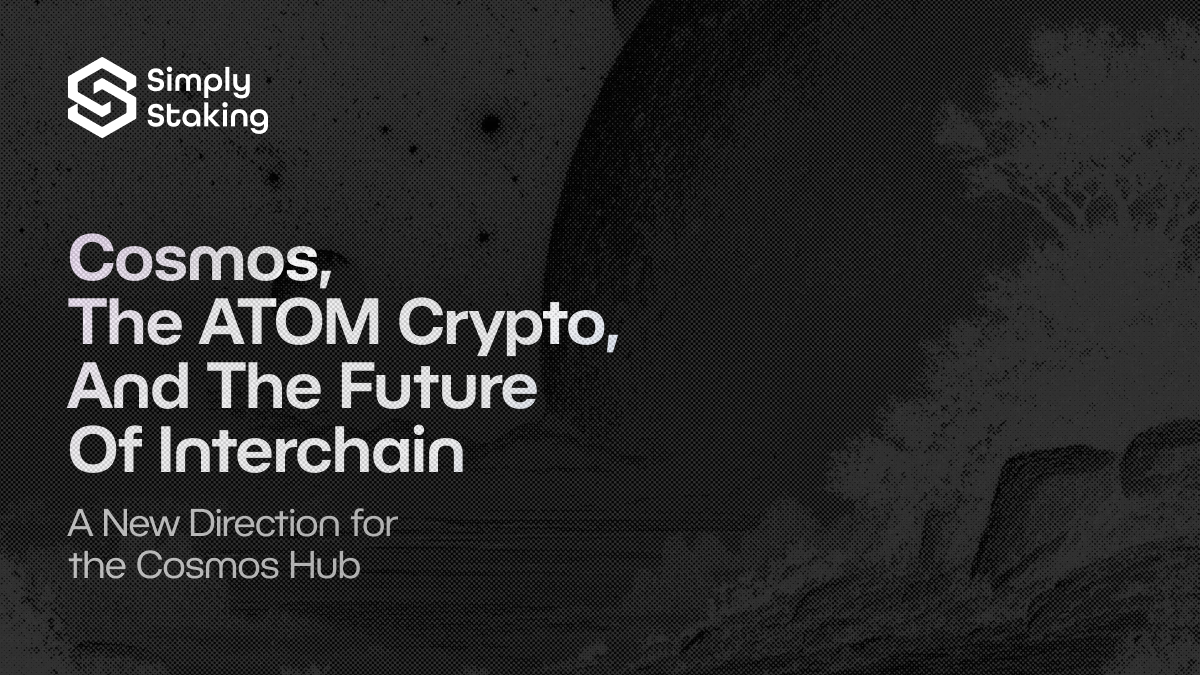Rollup Operating System
Unlike traditional computing systems that are focused on processing data under resource constraints, Blockchains are social systems designed to create and manage digital assets. As blockchain technology has advanced, Ethereum rollups have become the leading choice for developers, dominating in terms of total value locked (TVL) and user activity. These rollups are now the preferred design for building new blockchain networks.
Read more from our Fuel series:
Today, Ethereum functions like the hardware foundation for the blockchain ecosystem, while execution environments like Fuel and other virtual machines (VMs) act as the software that runs on this hardware. Fuel is a comprehensive blockchain software specifically designed to power Ethereum rollups and was built to be customisable, allowing developers to create highly scalable rollups and application-specific chains for a wide range of use cases. It includes several key components:
- Rollup Operating System: is the software used to launch and manage rollups. There are several Rollup Operating Systems in the Ethereum ecosystem, such as OP Stack, Arbitrum, and Polygon. In the rollup ecosystem, Ethereum acts as the underlying hardware, while the Rollup Operating System operates on top of it, addressing scalability challenges.
- Blockchain Operating System Components: A typical blockchain operating system consists of a virtual machine, the programming language used to develop the blockchain, and the toolchain for launching and managing applications. Fuel integrates these elements into a cohesive system optimised for Ethereum rollups.
Rollup Operating System can be broken down into the components including Fuel VM, Sway and Forc – all three of which we review below.
Fuel VM
The FuelVM is designed to build on and improve ideas from the Ethereum ecosystem. It incorporates enhancements that have been proposed for the EVM over the years but couldn’t be implemented due to the need to maintain compatibility with existing systems. These improvements include the ability to execute transactions in parallel and support for multiple native assets.
FuelVM achieves high processing power by executing transactions in parallel, using a UTXO (Unspent Transaction Output) model that enforces strict state access lists. Here’s how it works: Fuel full nodes analyse the accounts a transaction interacts with and map out dependencies before execution begins. This allows Fuel to take advantage of multiple threads and CPU cores that usually remain unused in traditional single-threaded blockchains.
As a result, Fuel can handle significantly more computational tasks, access states more efficiently, and process a much higher volume of transactions compared to single-threaded blockchains, offering far greater performance and scalability.
Sway
Fuel offers developers a powerful and streamlined experience through its own domain-specific language (DSL) called Sway. Built on the foundation of the Rust programming language, Sway features syntax that is optimised for blockchain virtual machines, avoiding unnecessary boilerplate code. Sway was developed alongside the FuelVM, specifically tailored for the high-performance environment that Fuel provides.
Furthermore, the language combines the best of both Rust and Solidity. Like Rust, Sway prioritises compile-time analysis and safety, using features similar to Rust’s borrow checker and safety-first principles. It also adopts Rust’s syntax, making it familiar to Rust developers. From Solidity, Sway borrows the concept of a smart contract language, incorporating built-in top-level contract storage and blockchain-specific mechanisms that make contract programming both ergonomic and secure.
Sway introduces the concept of static auditing to smart contracts, ensuring that code is analysed and optimised for safety and performance before execution. It is highly efficient, offering extensible optimization passes and a modular backend that can target different blockchain architectures.
Designed specifically for blockchain environments, Sway understands the unique challenges of this domain, allowing it to make informed decisions about trade-offs at every level of the software stack. Thereafter allowing developers to write smart contracts that are fast, secure, and cost-effective, with features that are perfectly suited to their specific needs.
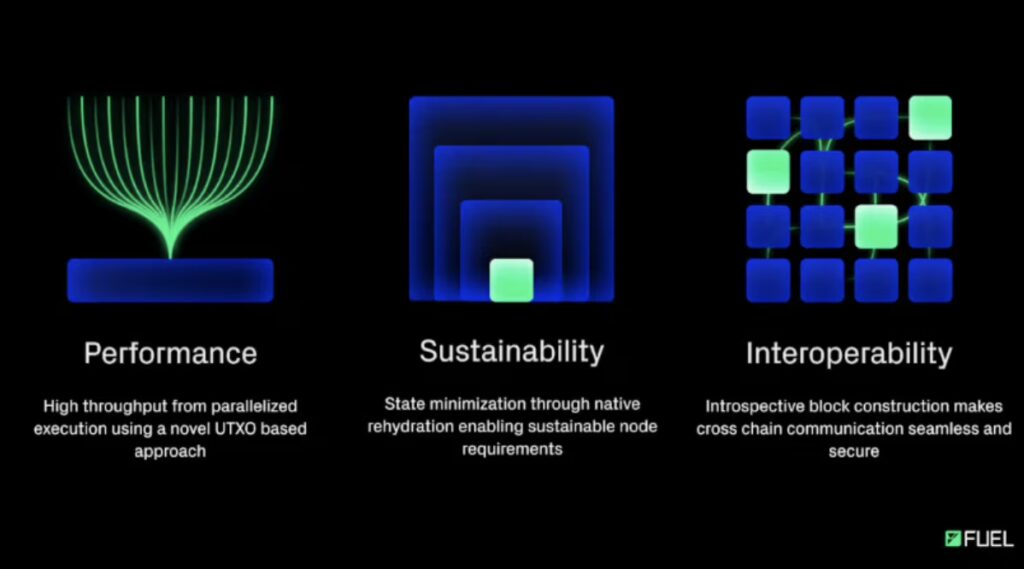
Fuel Ecosystem Overview
Fuel Ecosystem combines a strong user base and DeFi native community with key ecosystem variables such as Fuel Wallet, Fuel Block Explorer, Fuel Bridge and 49 dApps like PlayEstates, tokenising real estate on-chain, and CrytpoSage – a platform for opinion trading.
Moreover, to foster an active developer community and diversified dApps ecosystem, Fuel runs the Grants Program, where projects can secure up to $50K to build new web3 use cases on Ethereum, powered by the FuelVM.
The Fuel Grant Program is a quarterly cohort model of up to 10 projects, with the option to re-apply for the next quarter. Grantees receive tailored technical, marketing, growth, and legal support to help startups go from early-stage demos or ideas to functioning products and lay the groundwork for introductions to investors such as Blockchain Capital, CoinFund, Dialectic and others.
Conclusion
In summary, the Fuel network addresses the limitations of traditional Layer 2 solutions by integrating a modular execution layer that leverages advanced technologies like the FuelVM and the UTXO model. By executing transactions in parallel and employing a state-minimized design, Fuel improves transaction throughput and scalability while maintaining Ethereum’s high standards of security and decentralisation. Its ability to support various rollup types, including both optimistic and zero-knowledge rollups, alongside features such as parallel transaction processing and hybrid proving systems, makes Fuel an optimal solution for addressing Ethereum’s scaling challenges.
Fuel’s design is centred around optimising parallelisation, state management, and interoperability to handle the growing demands of blockchain technology. The FuelVM enhances processing capabilities by utilising multiple CPU threads, which boosts transaction throughput and efficiency. Additionally, the Fuel ecosystem, with its domain-specific language Sway and development tools like Forc, streamlines the development process, offering a user-friendly experience for building and deploying scalable applications. By bridging the gap between Ethereum’s existing limitations and the future needs of a scalable, decentralised network, Fuel positions strongly contribute to the goal of achieving broader and more effective scalability.
Disclaimer: This article contains affiliate links. If you click on these links and make a purchase, we may receive a small commission at no additional cost to you. These commissions help support our work and allow us to continue providing valuable content. Thank you for your support!
This article is provided for informational purposes only and is not intended as investment advice. Investing in cryptocurrencies carries significant risks and is highly speculative. The opinions and analyses presented do not reflect the official stance of any company or entity. We strongly advise consulting with a qualified financial professional before making any investment decisions. The author and publisher assume no liability for any actions taken based on the content of this article. Always conduct your own due diligence before investing.
